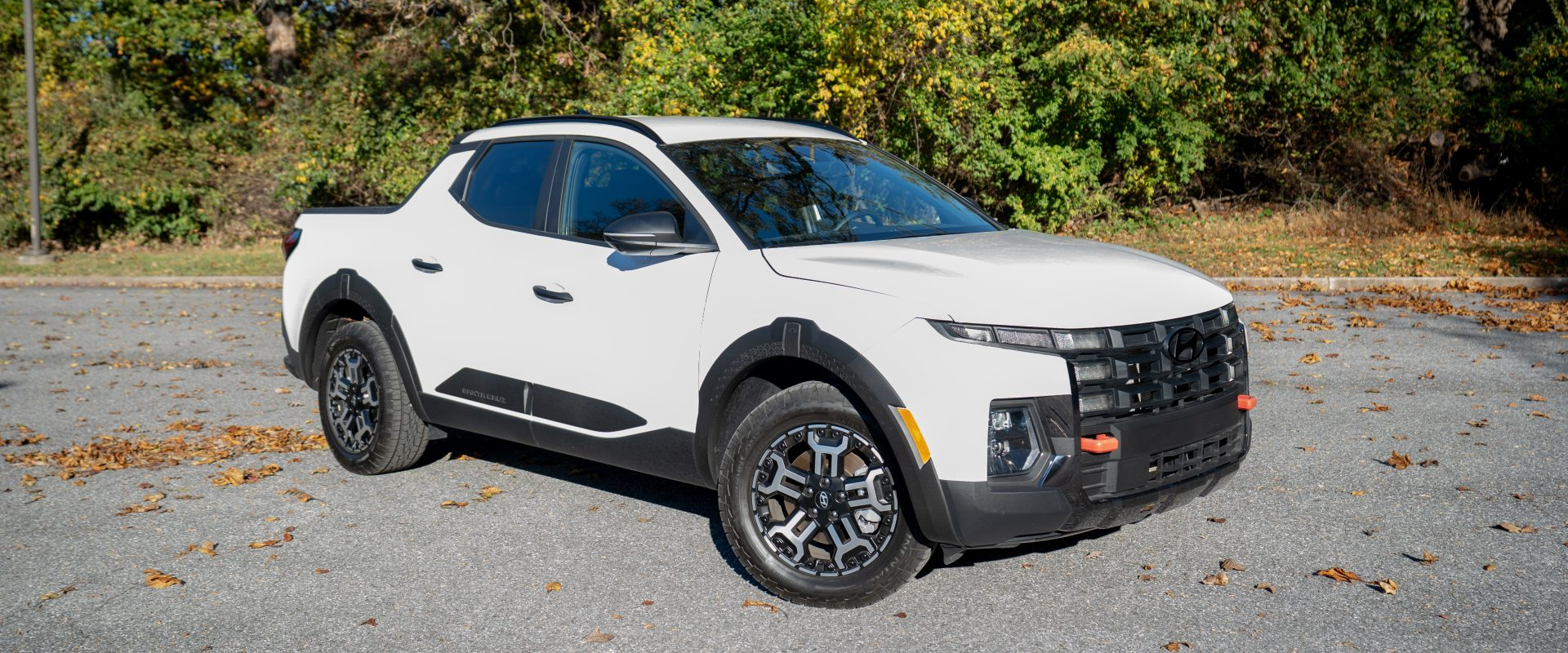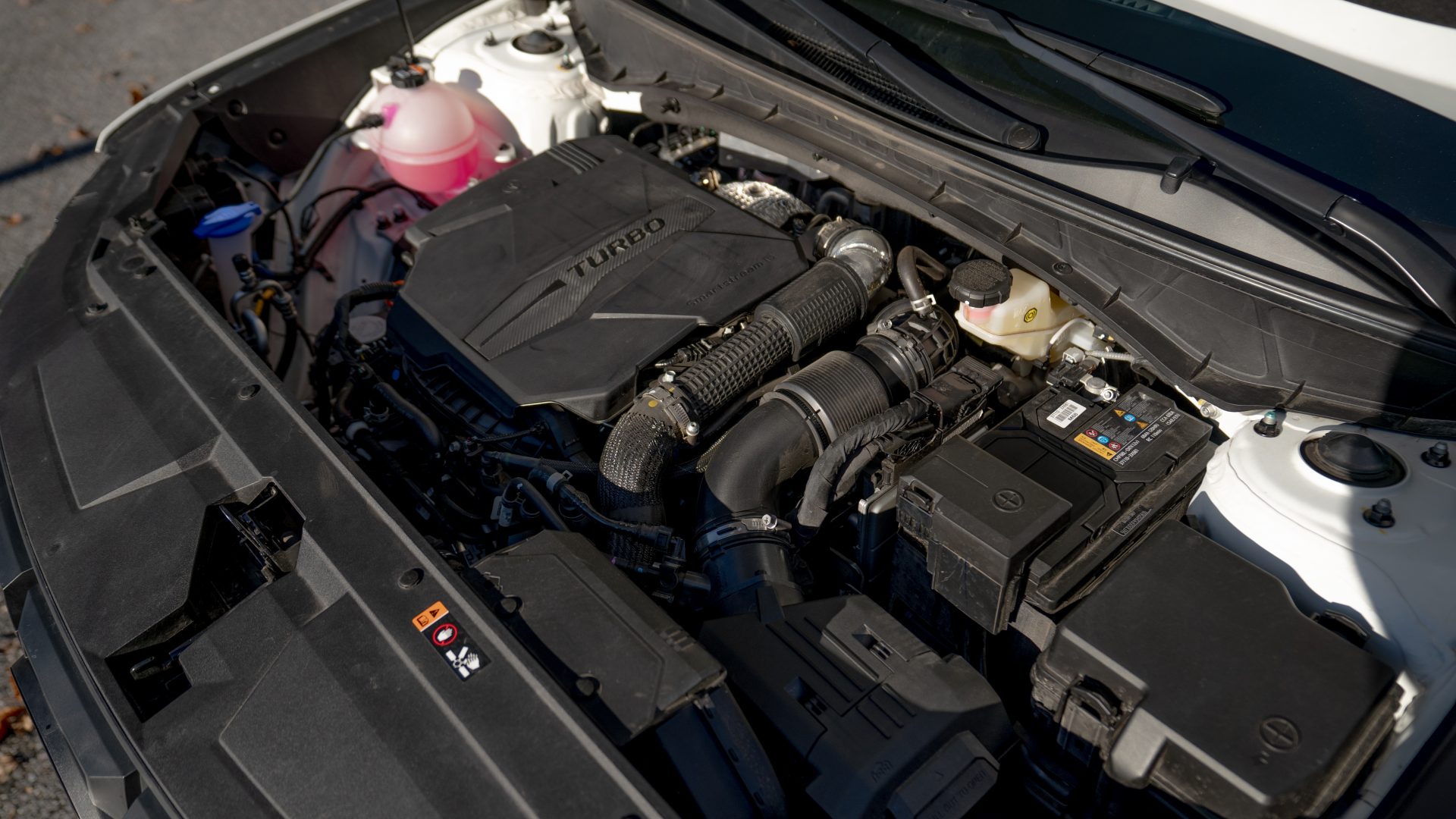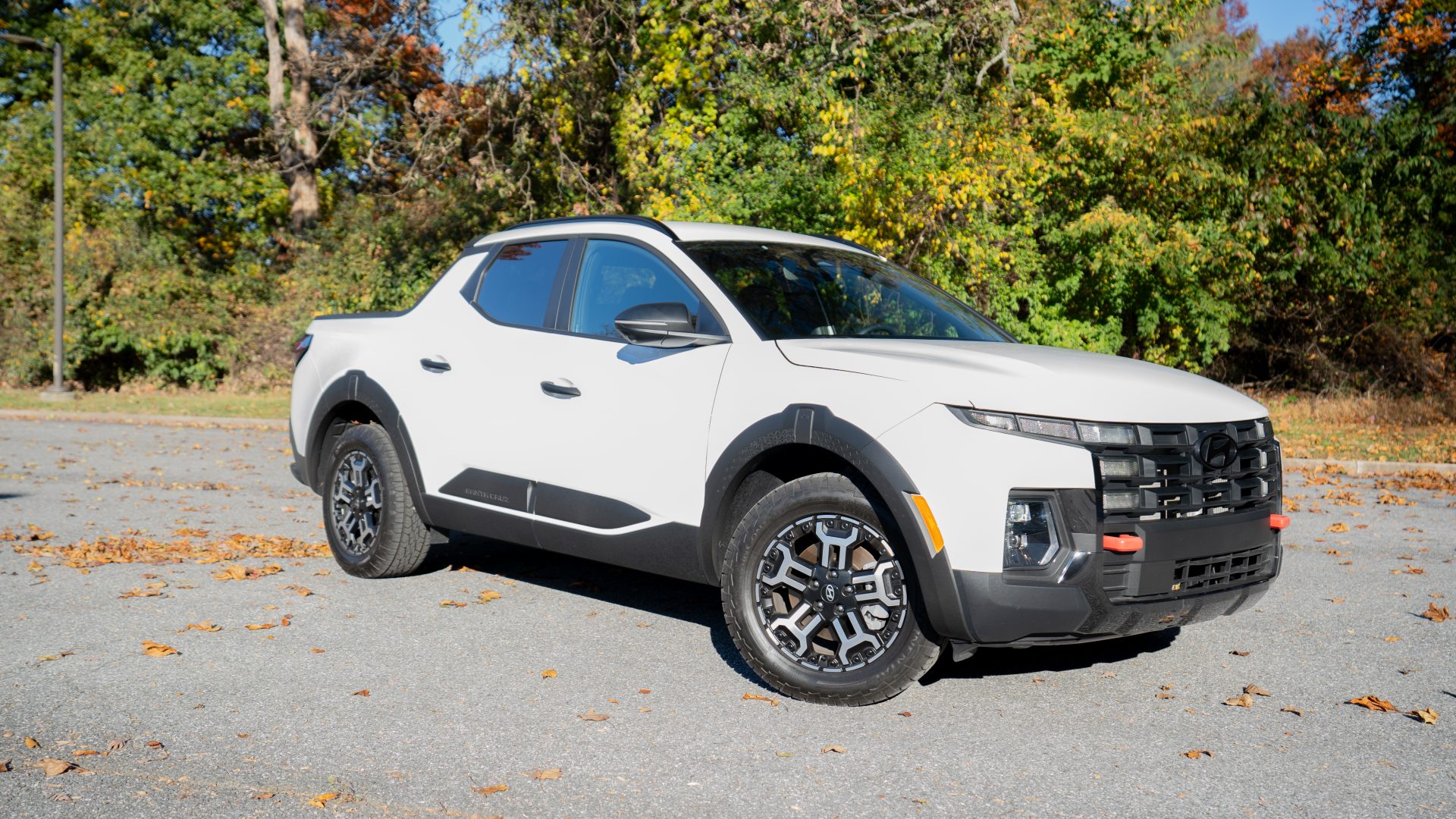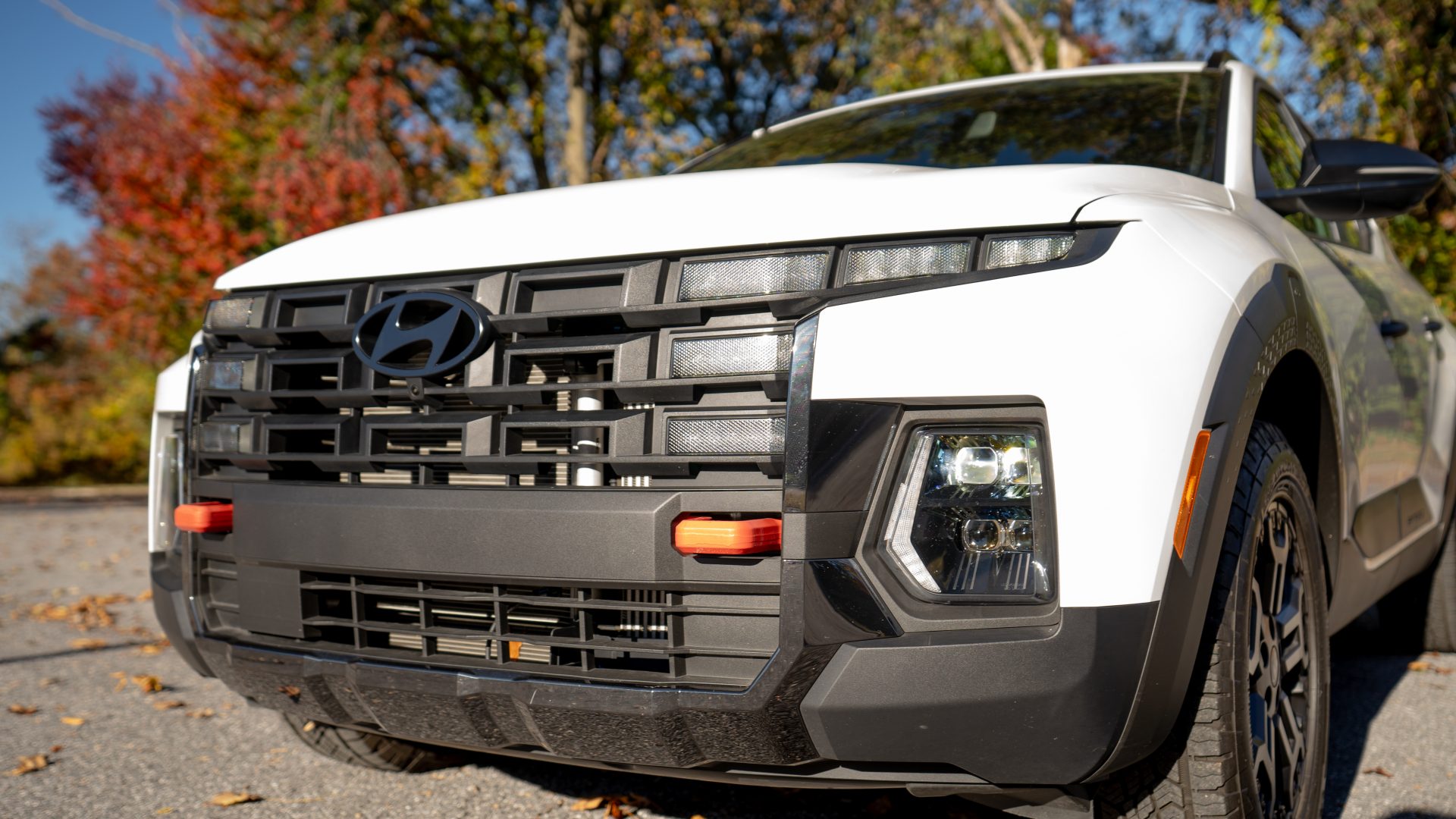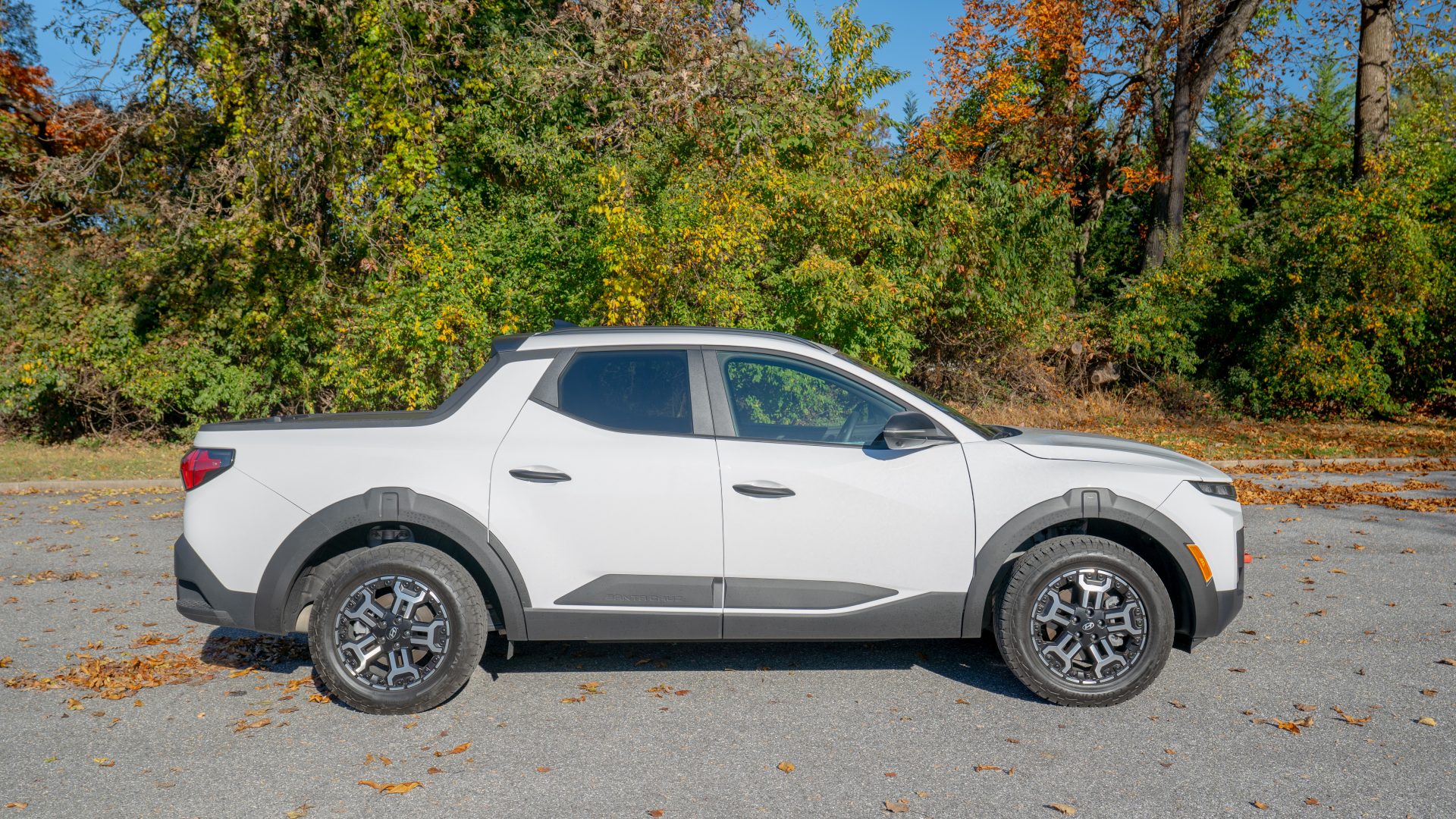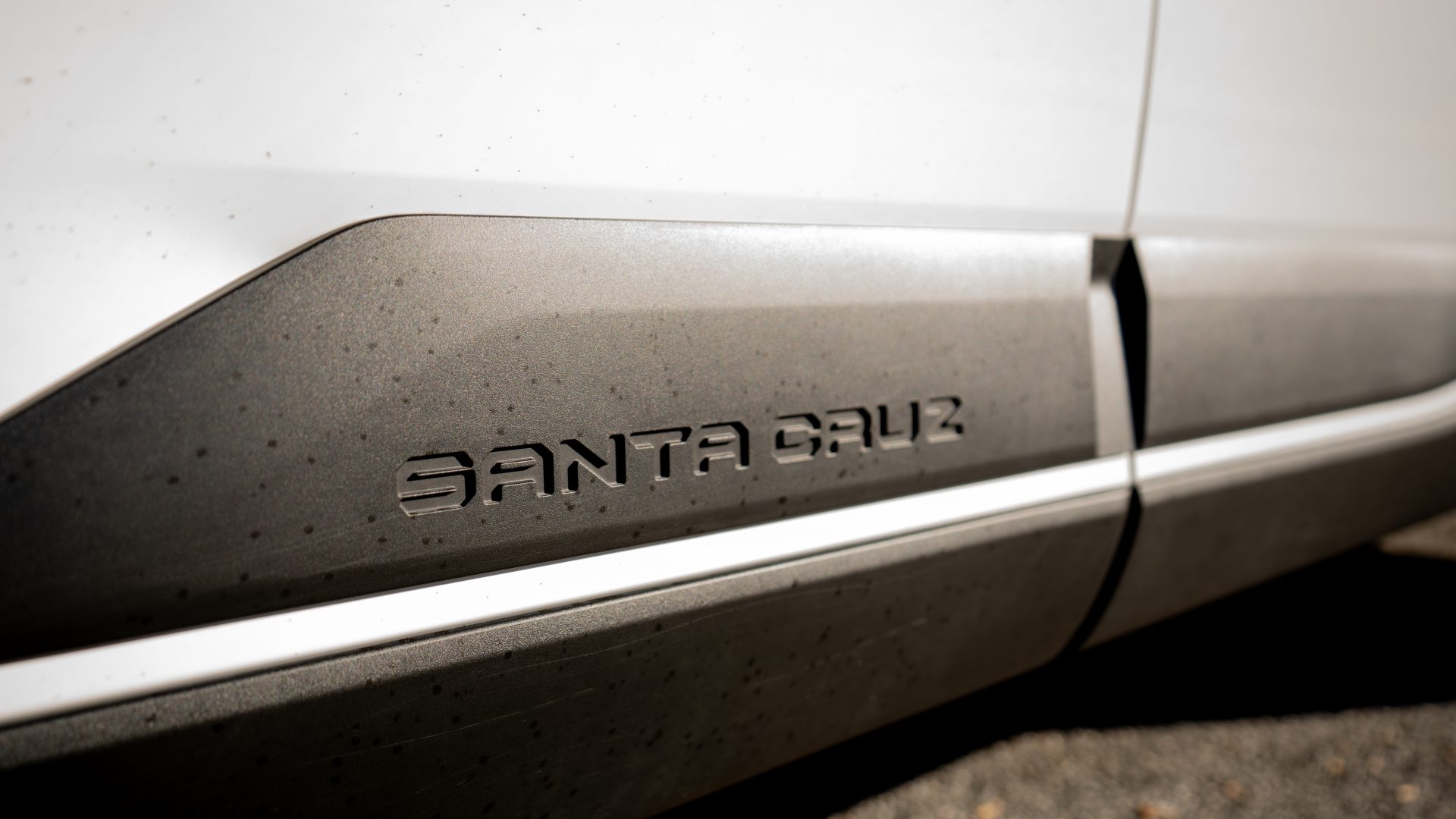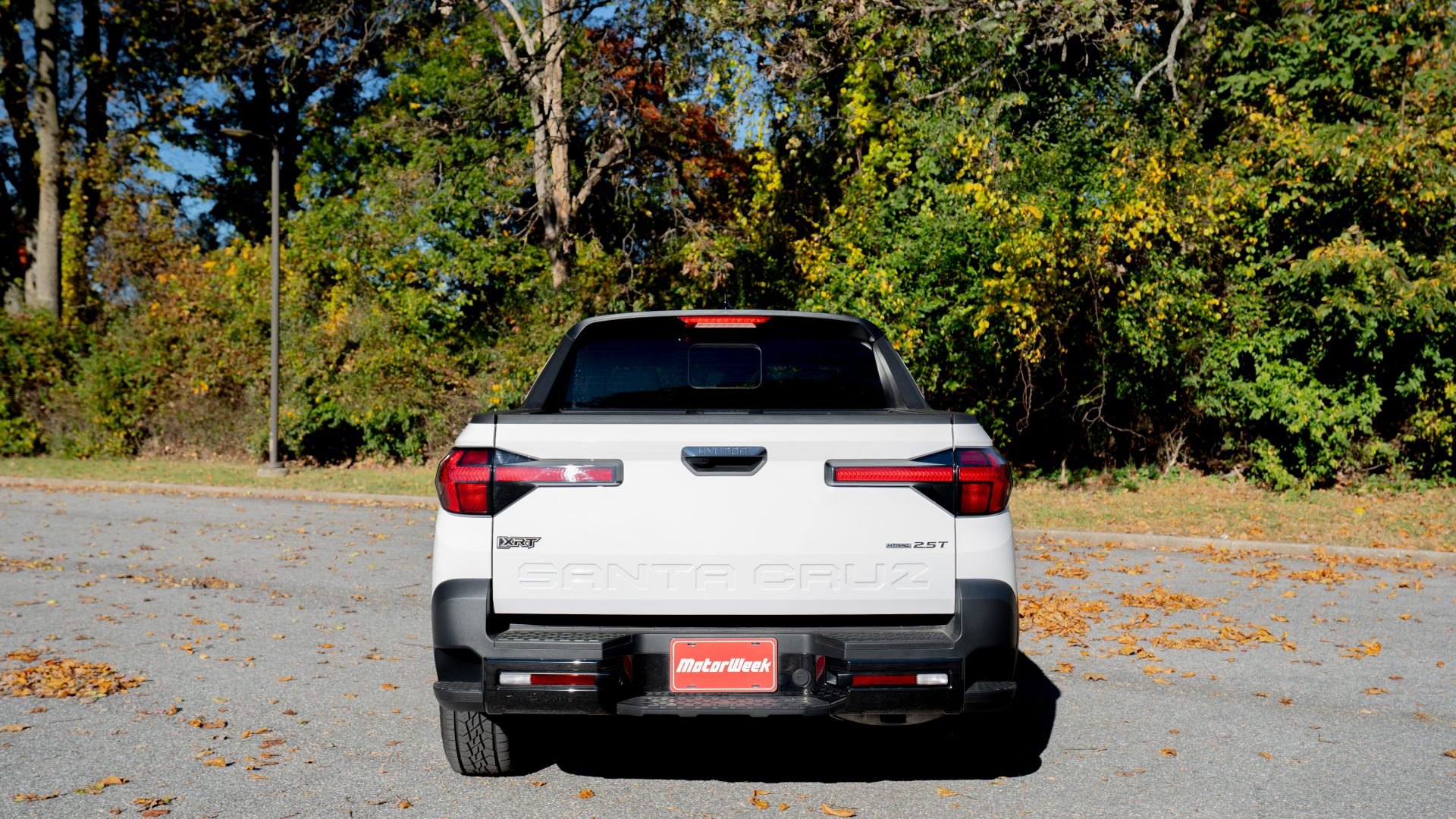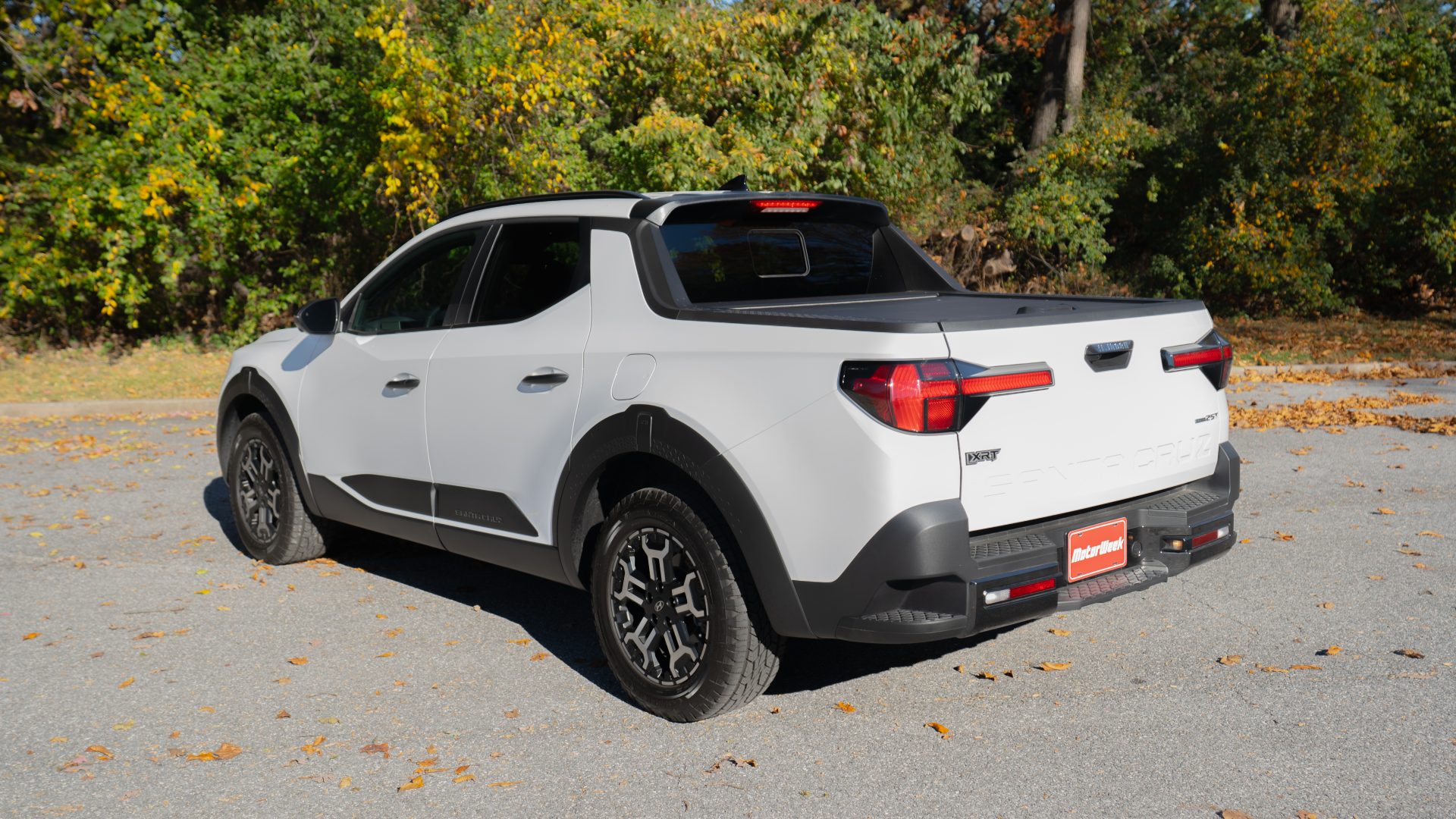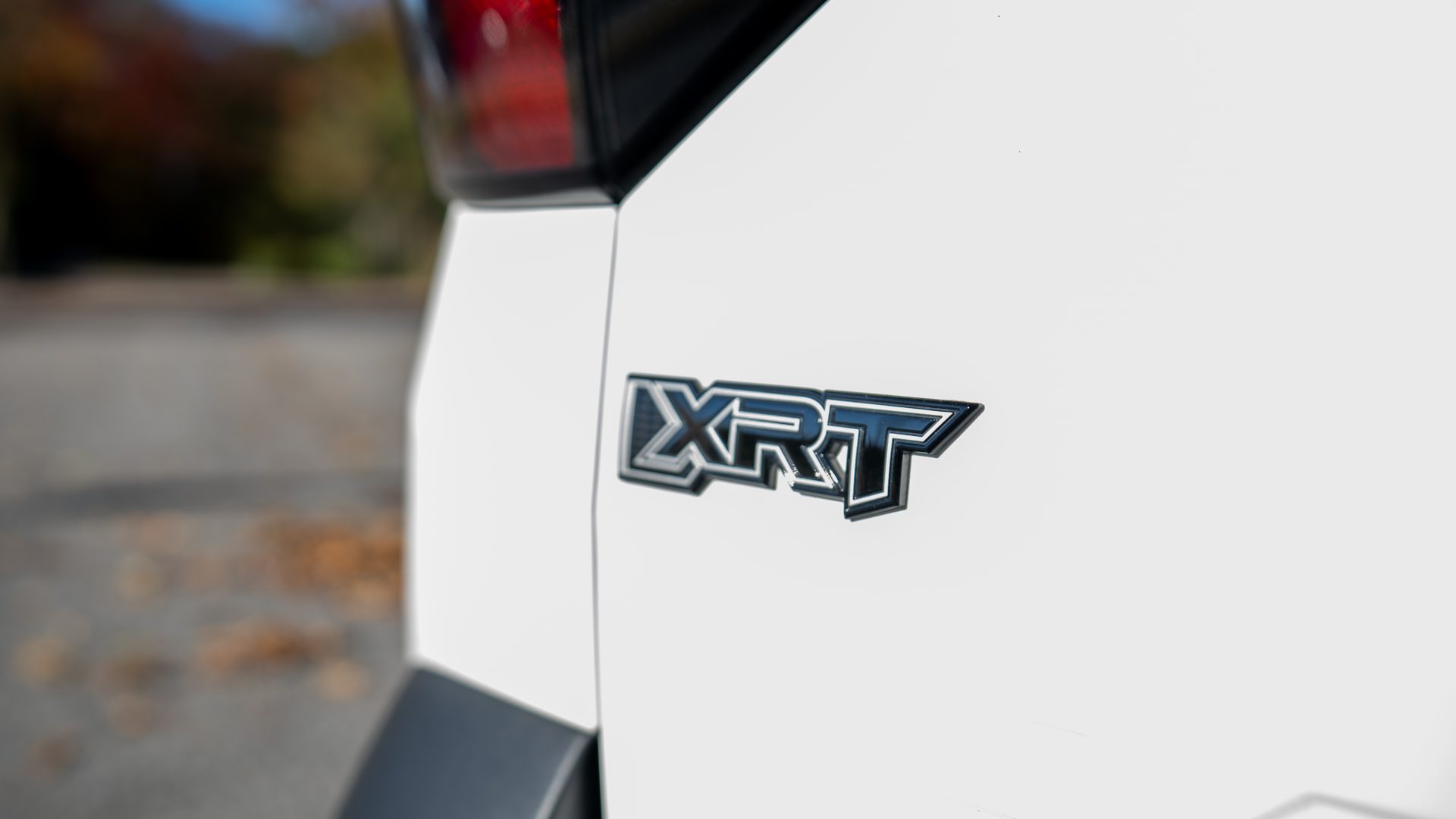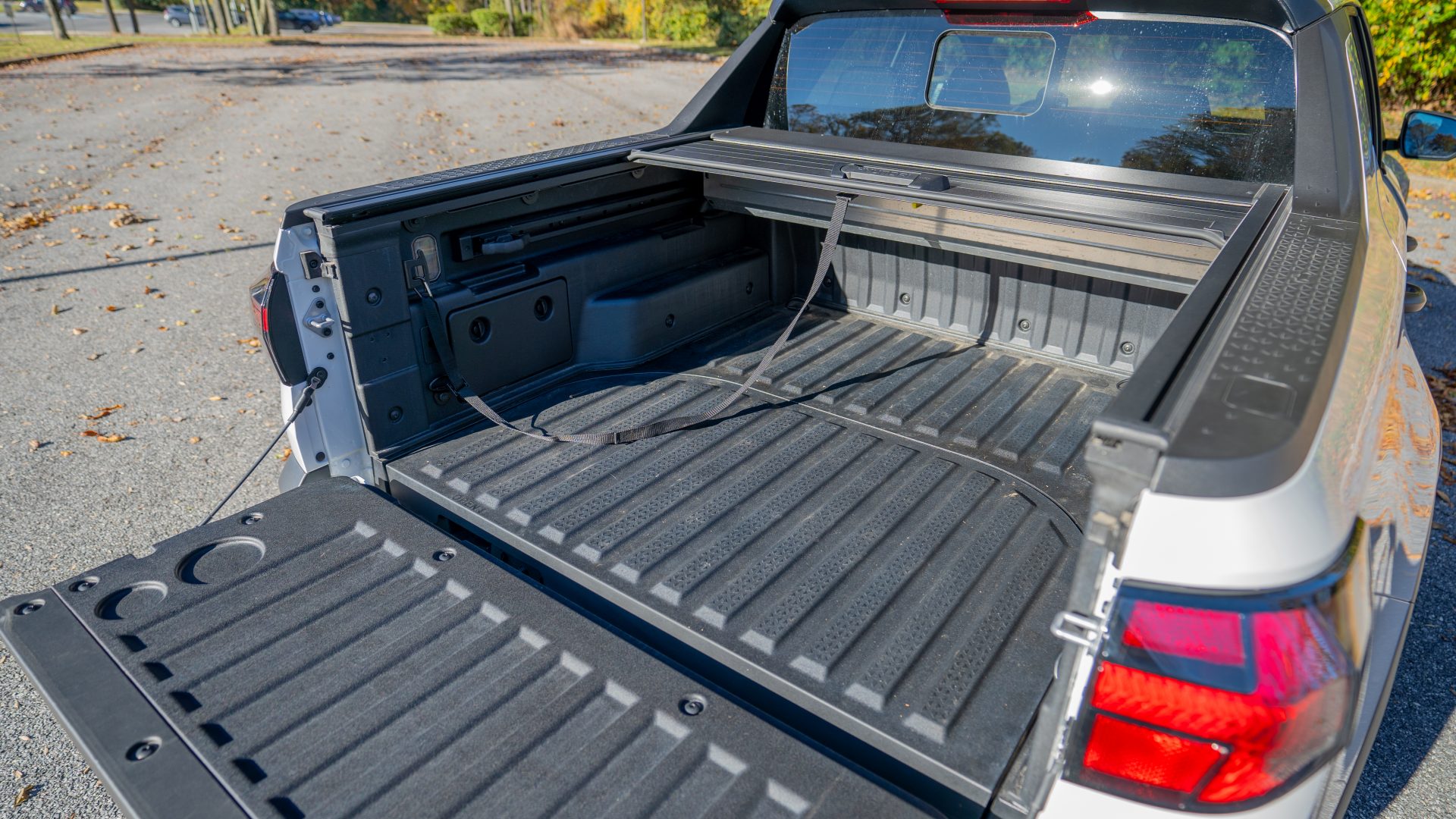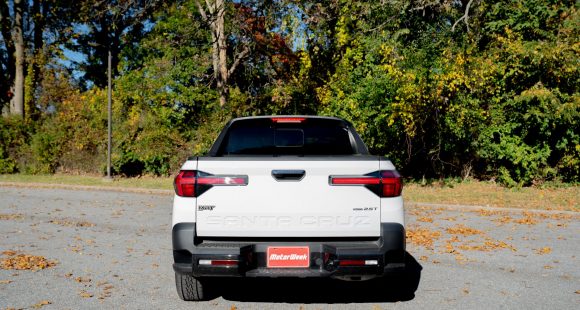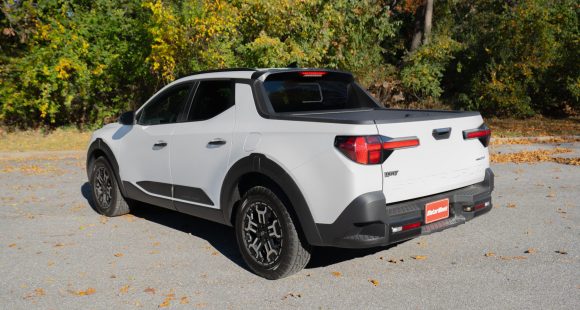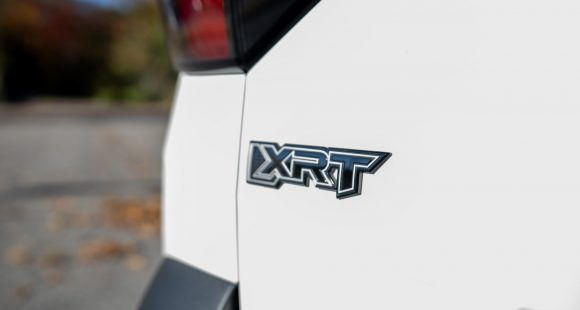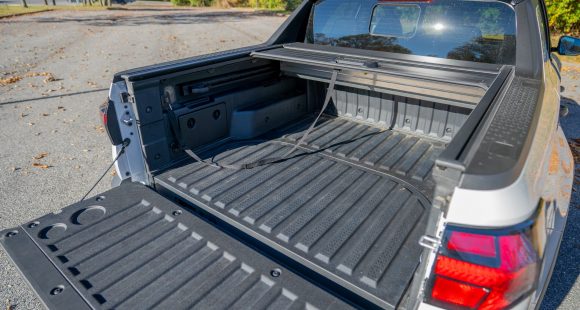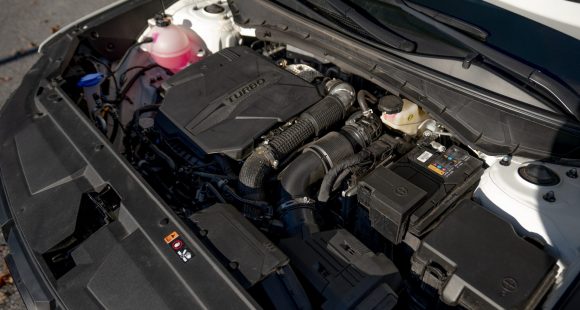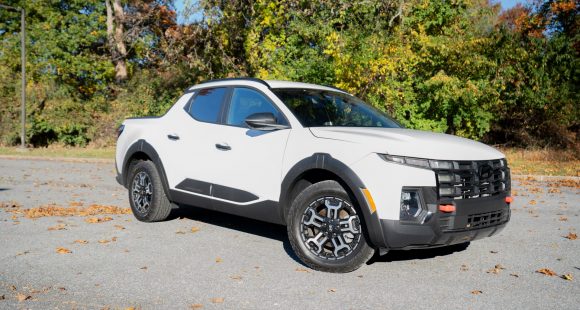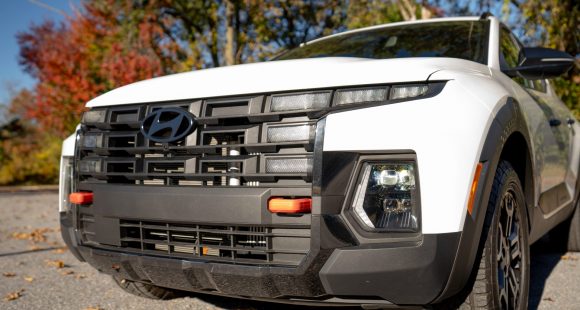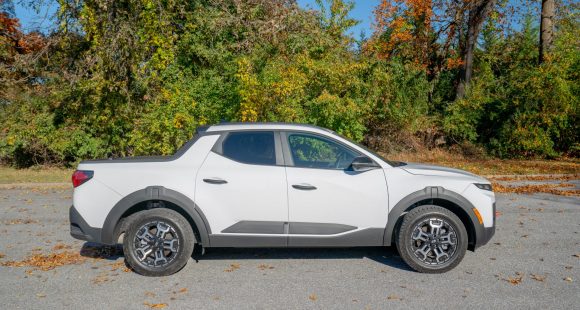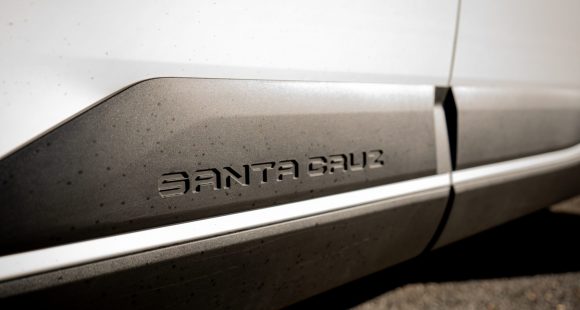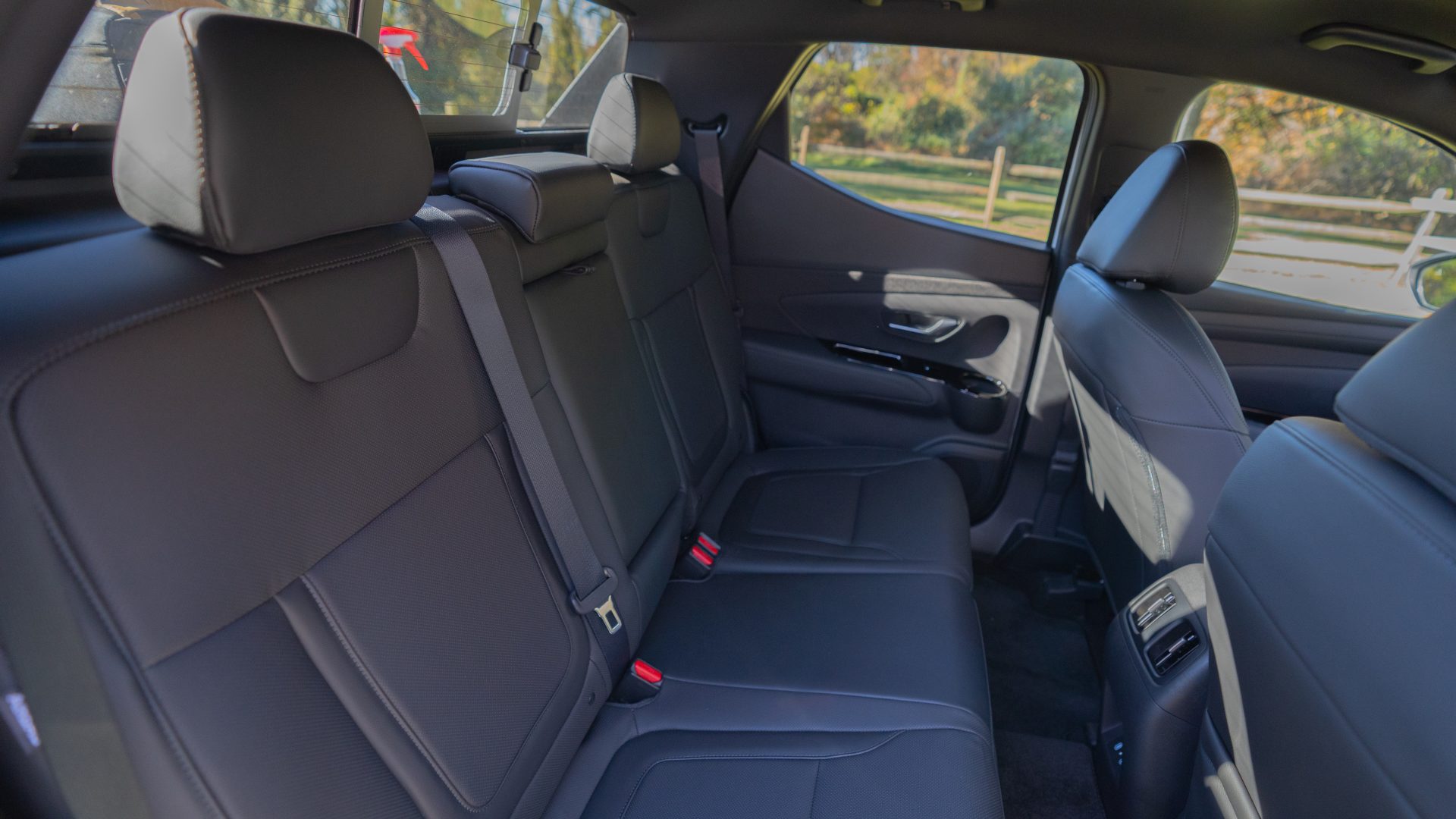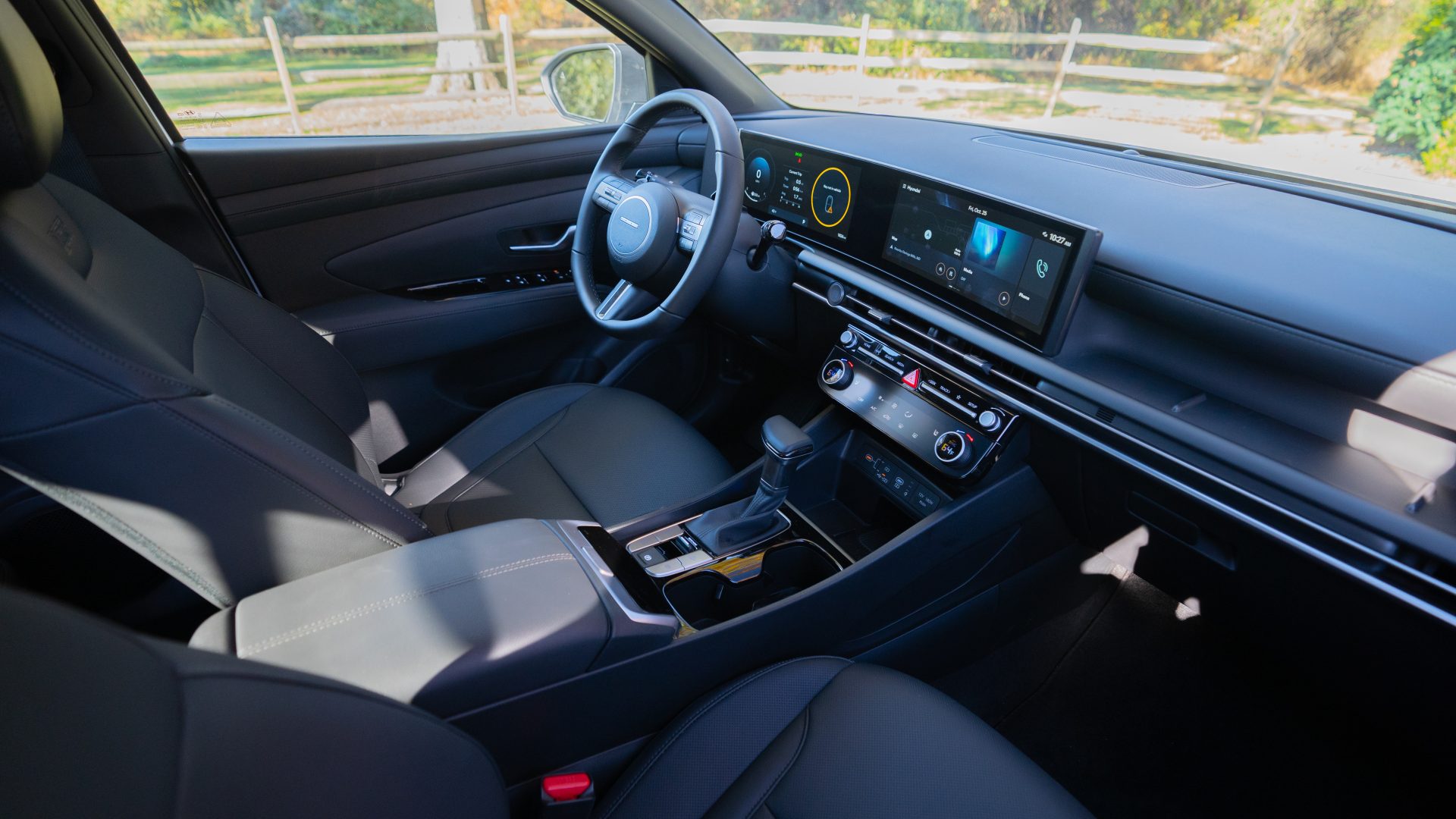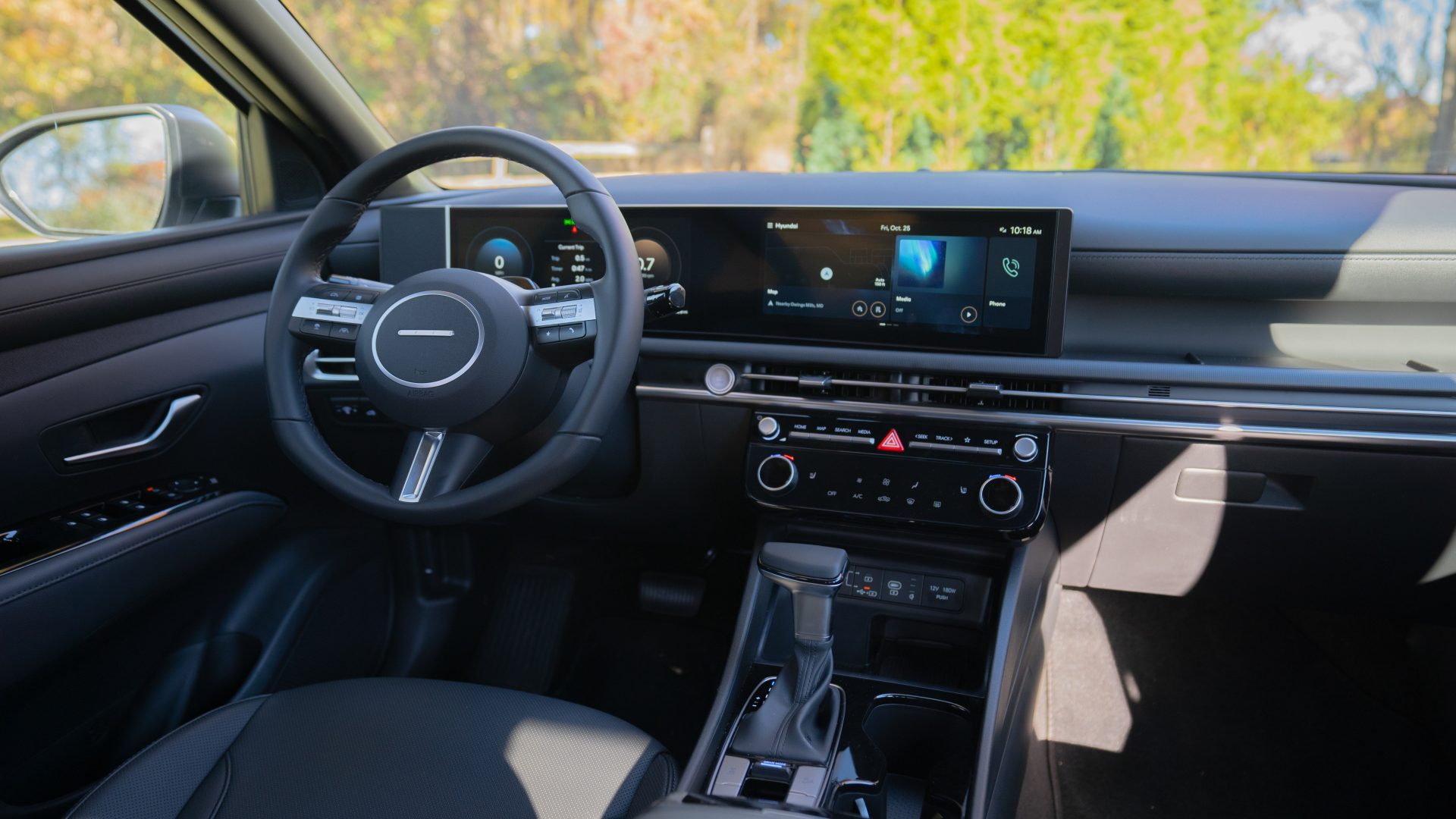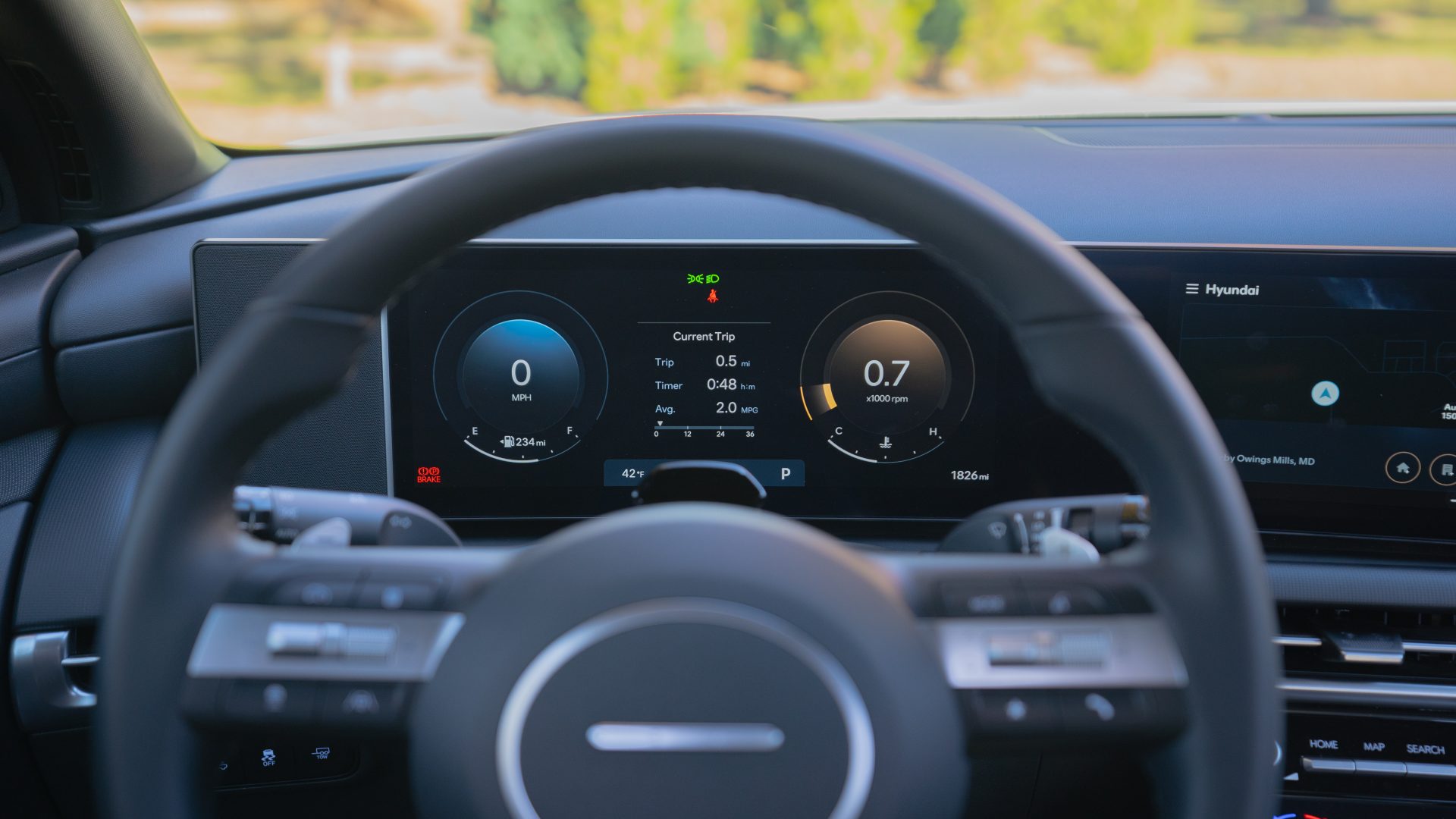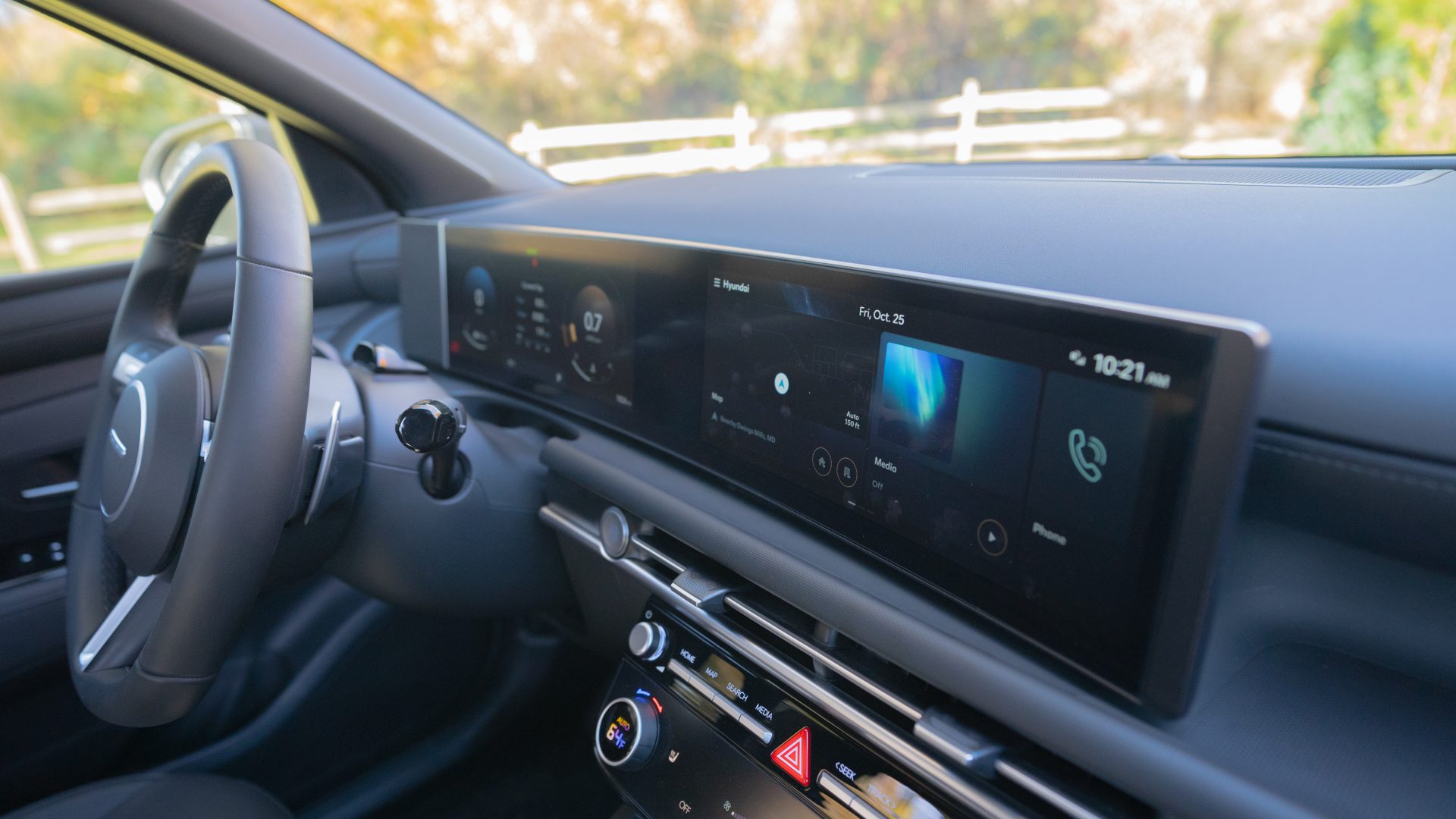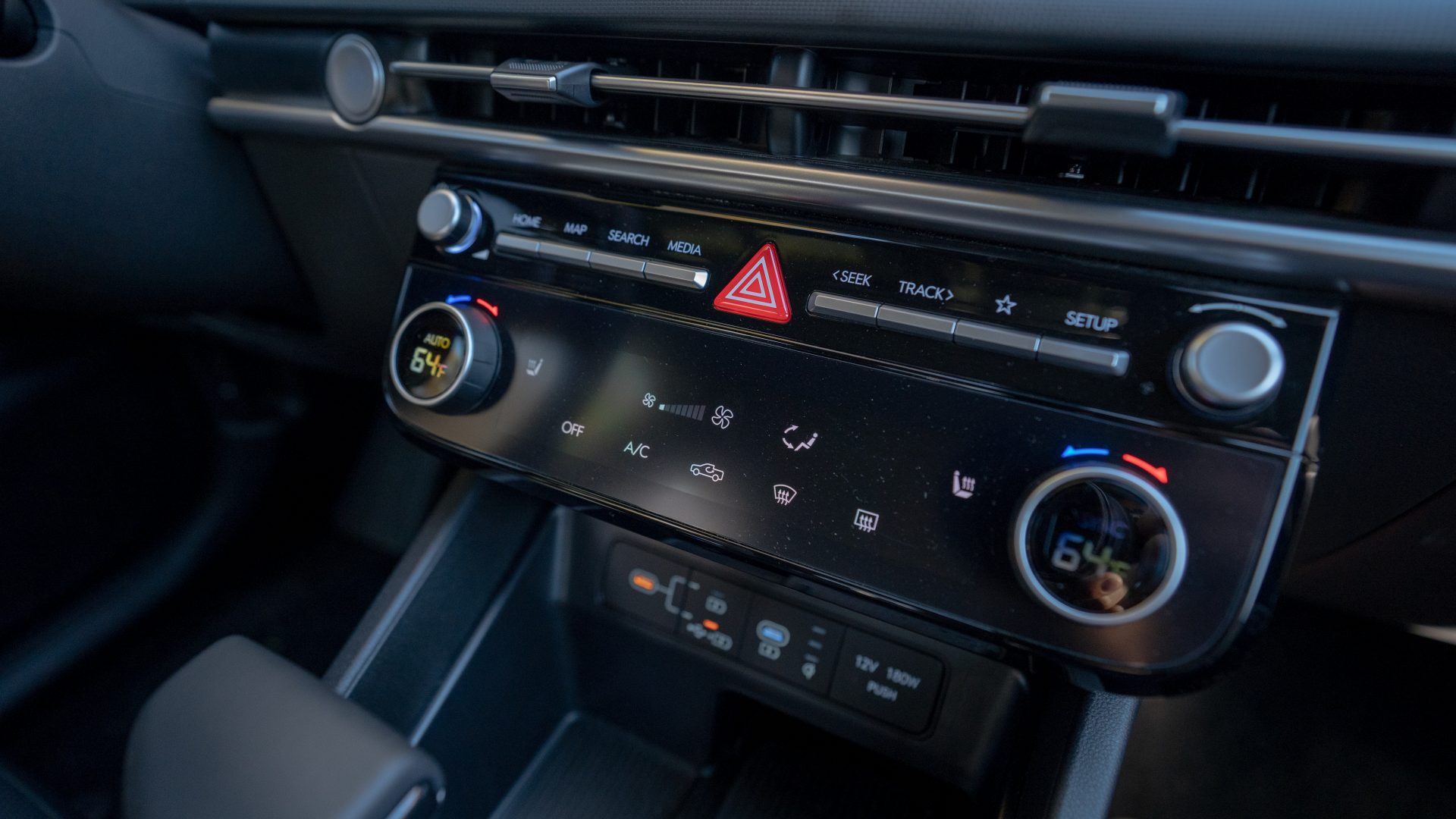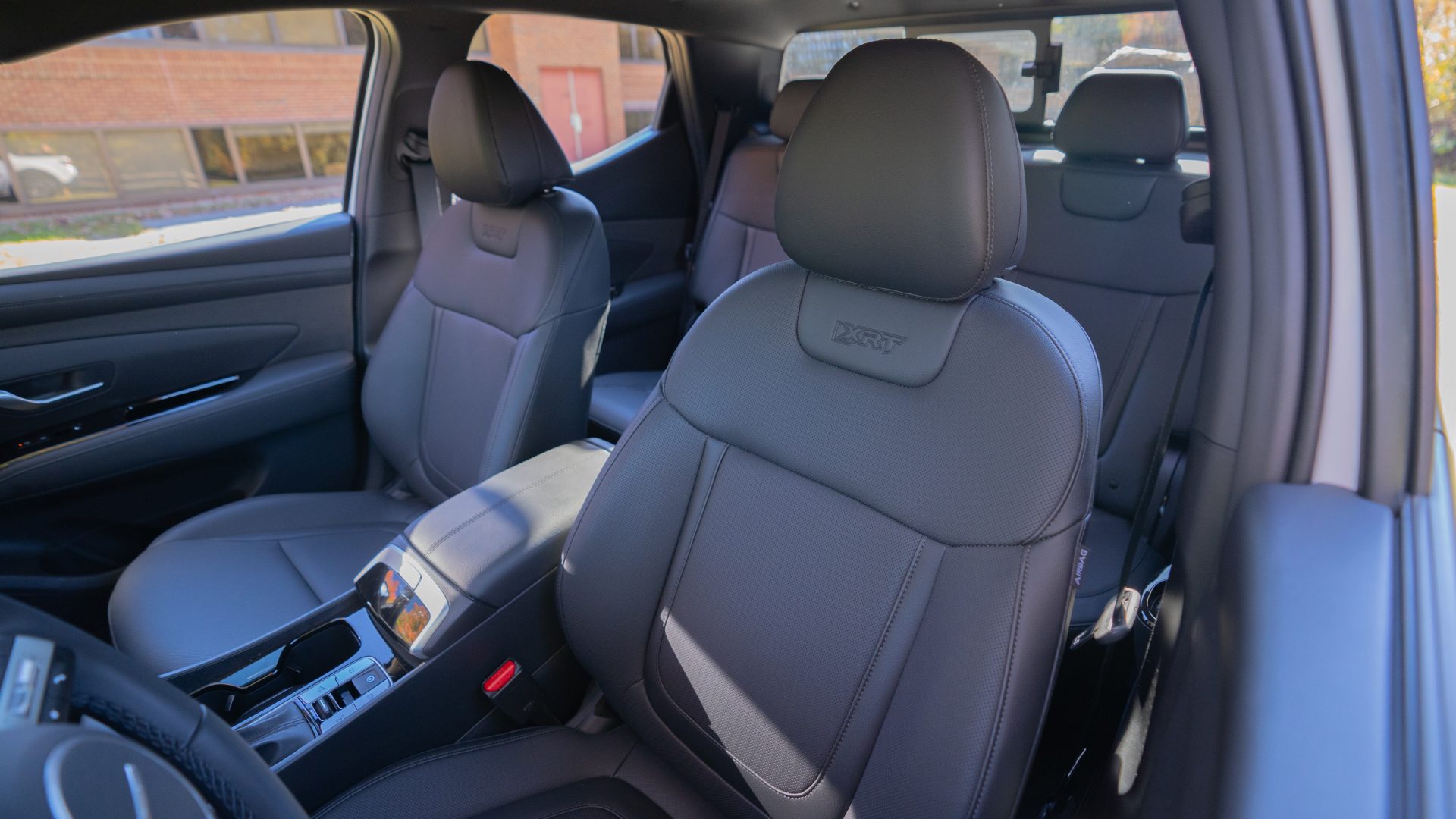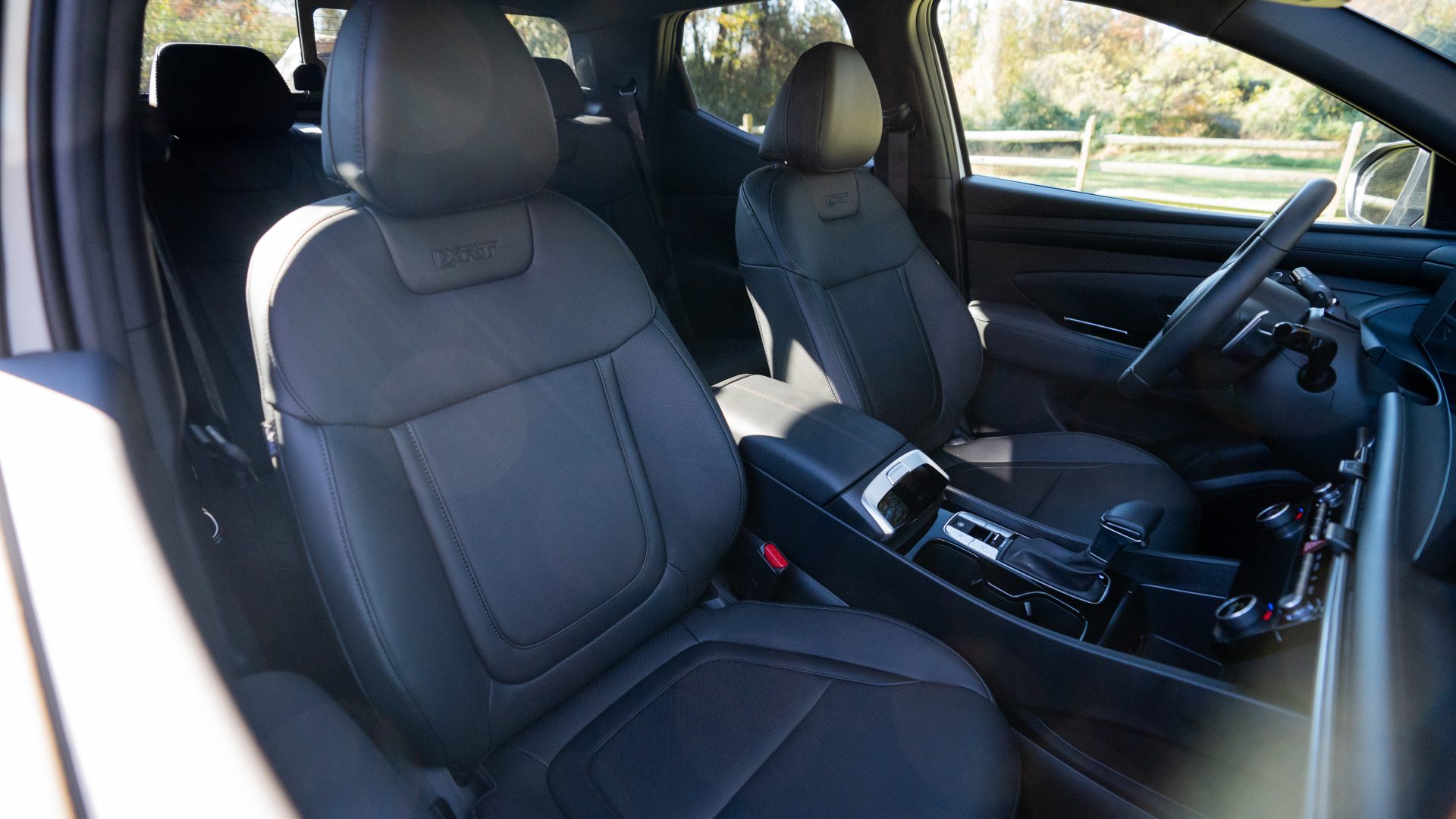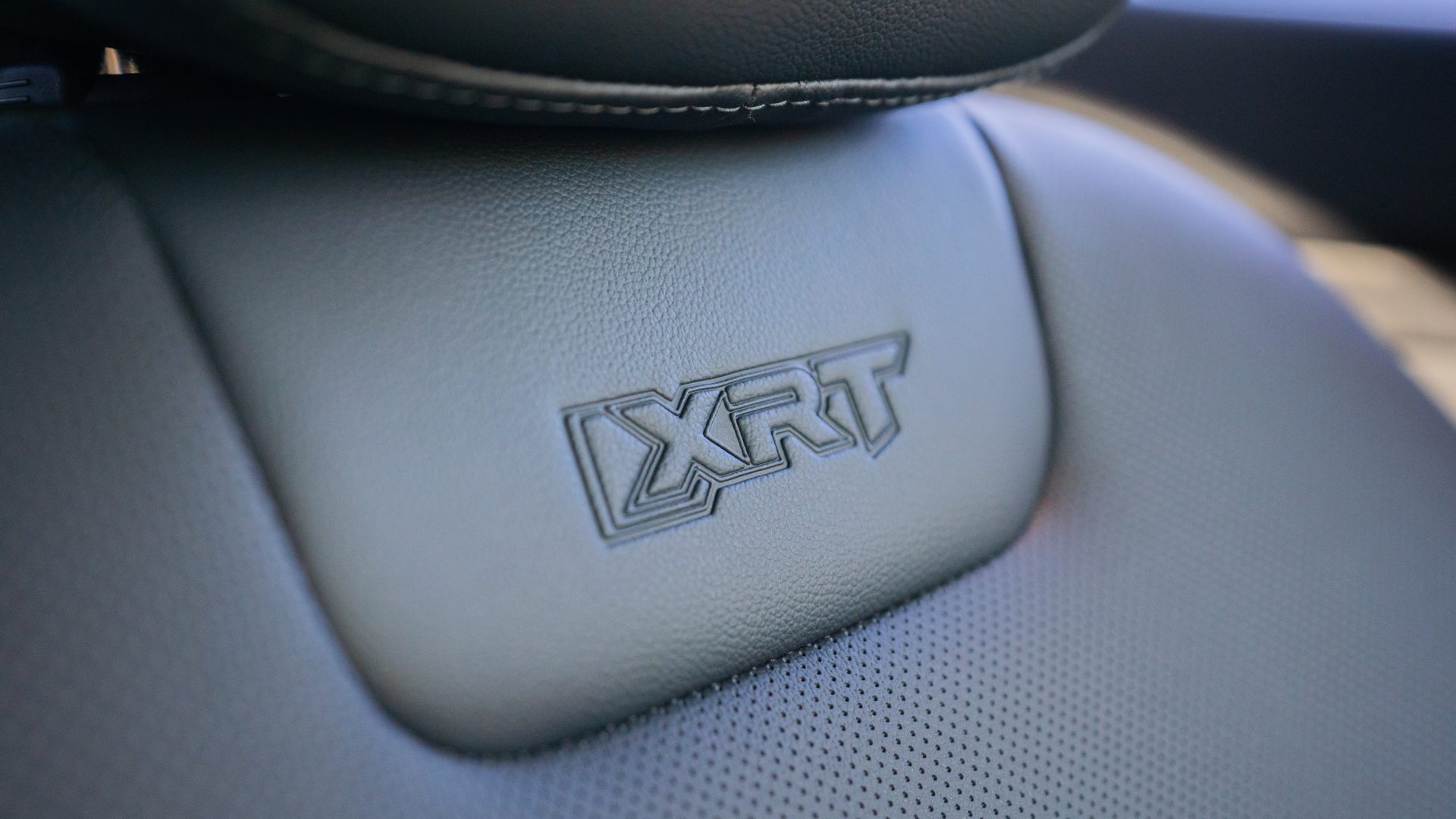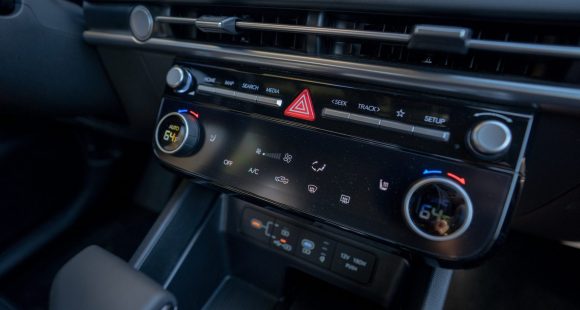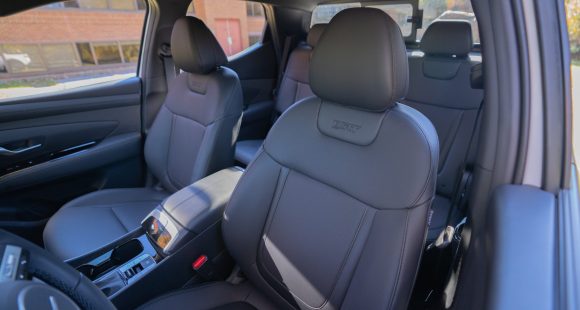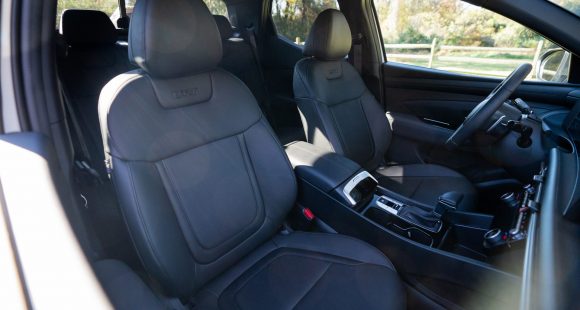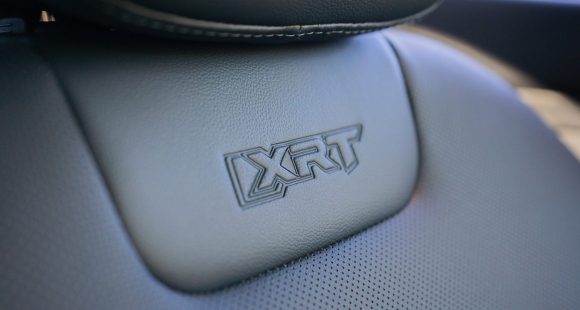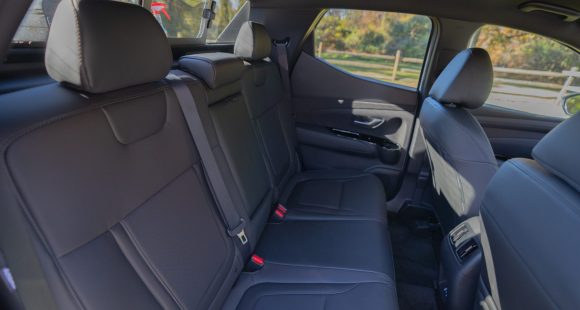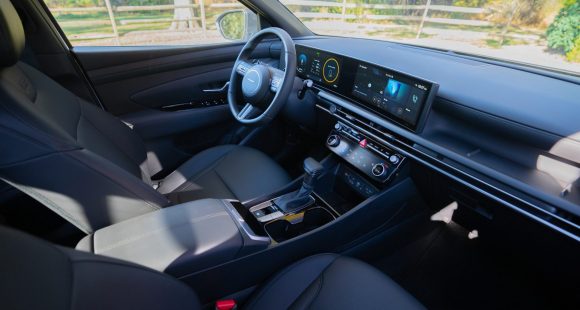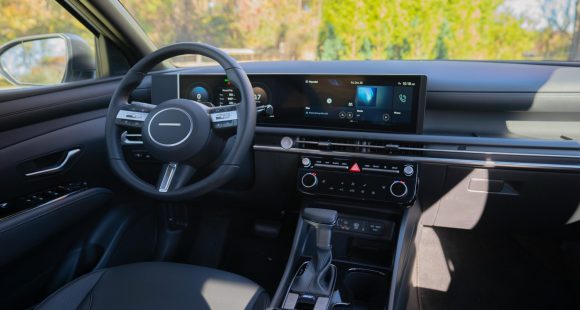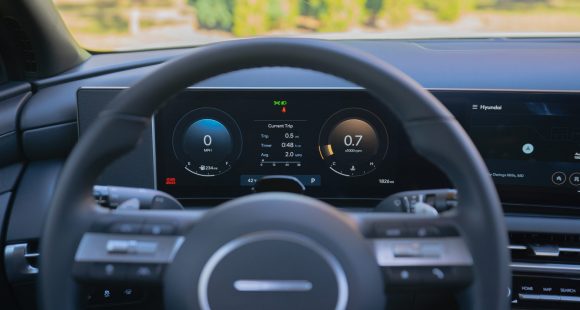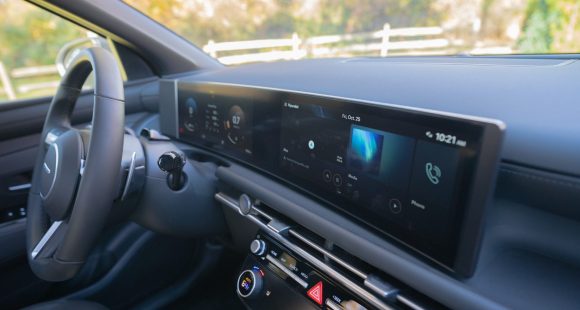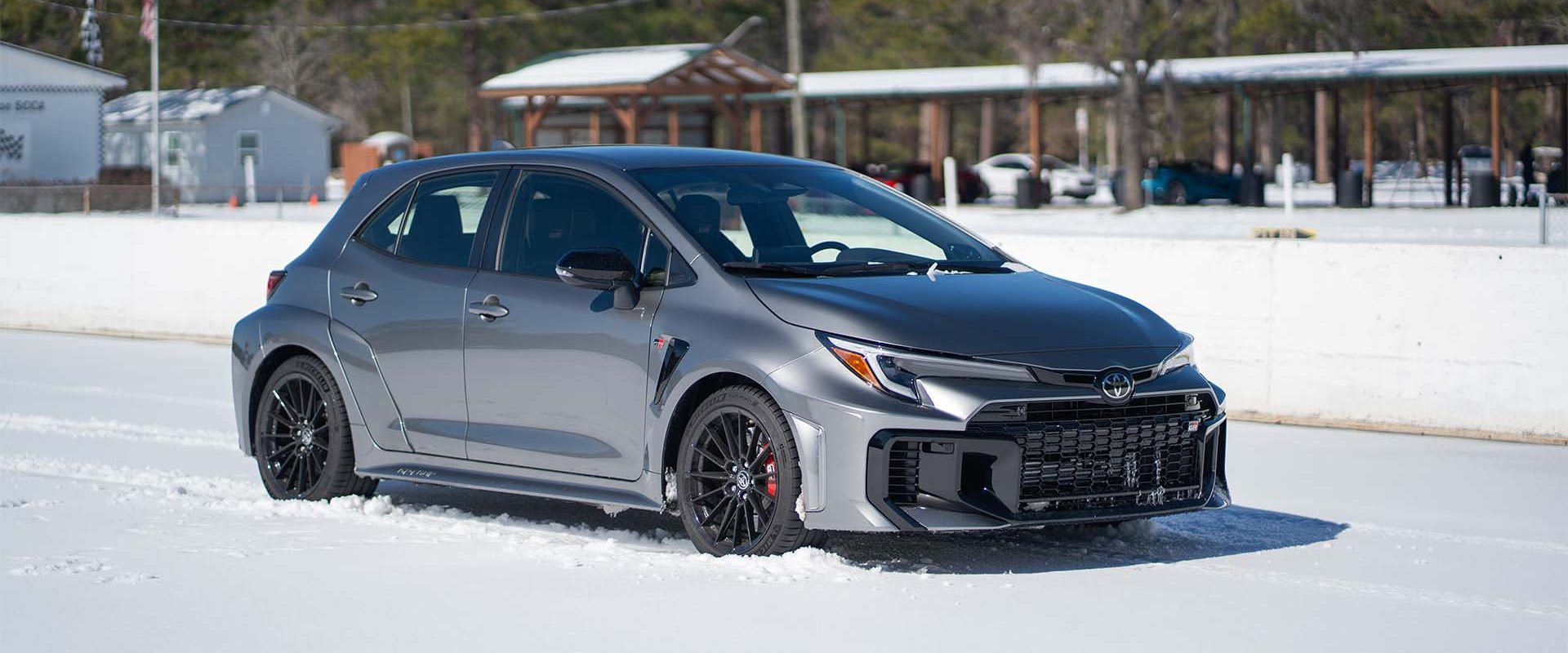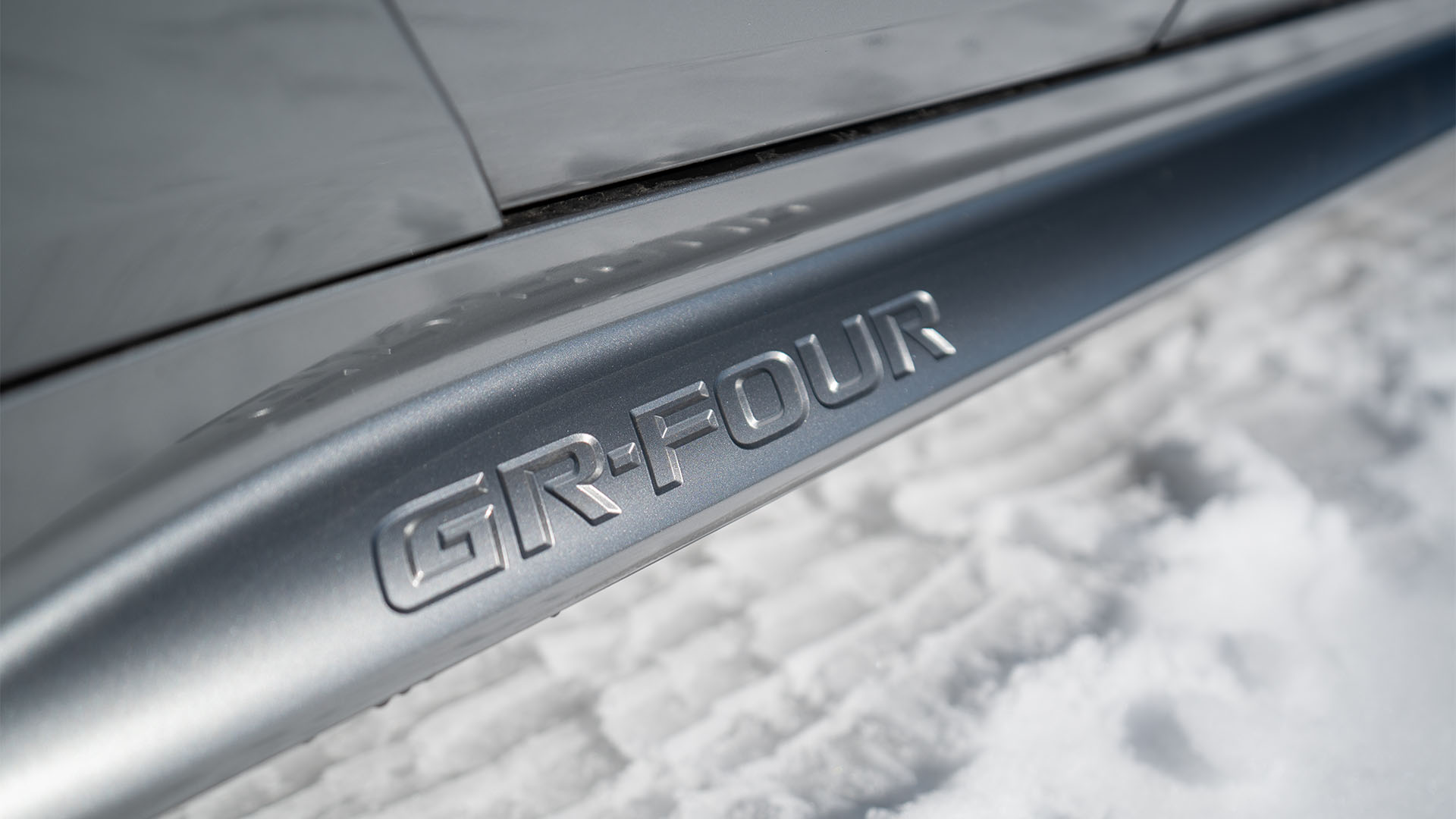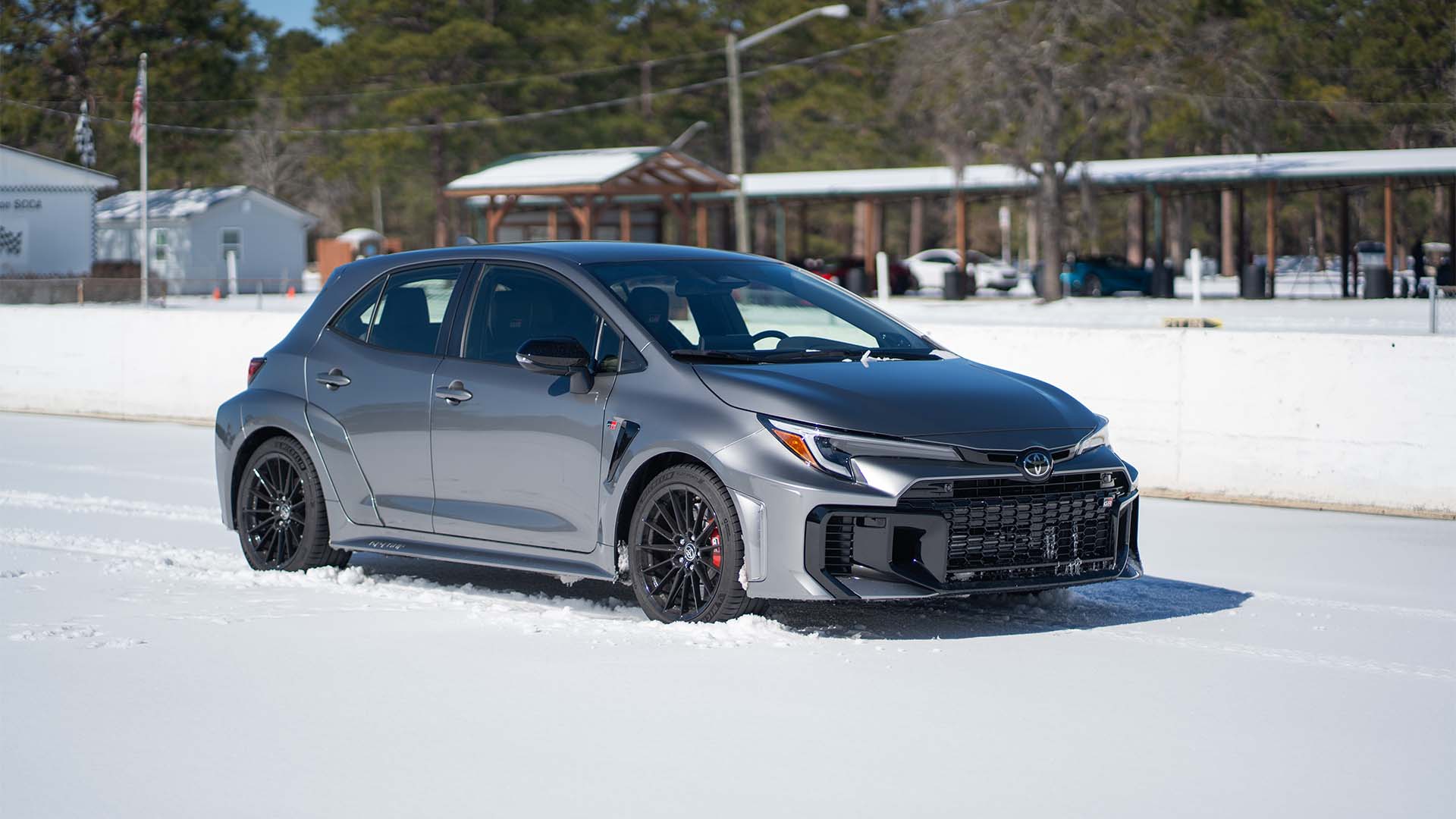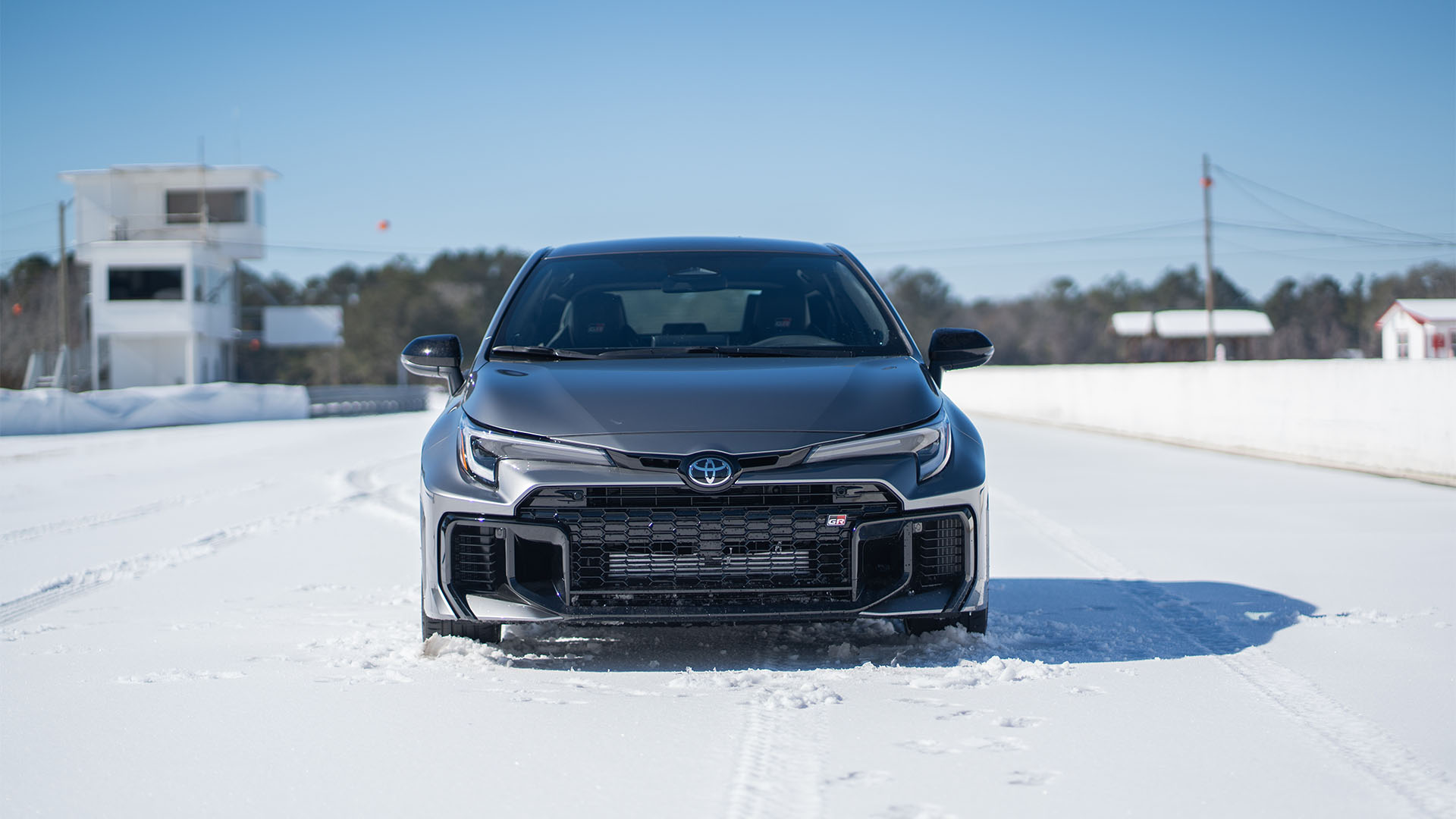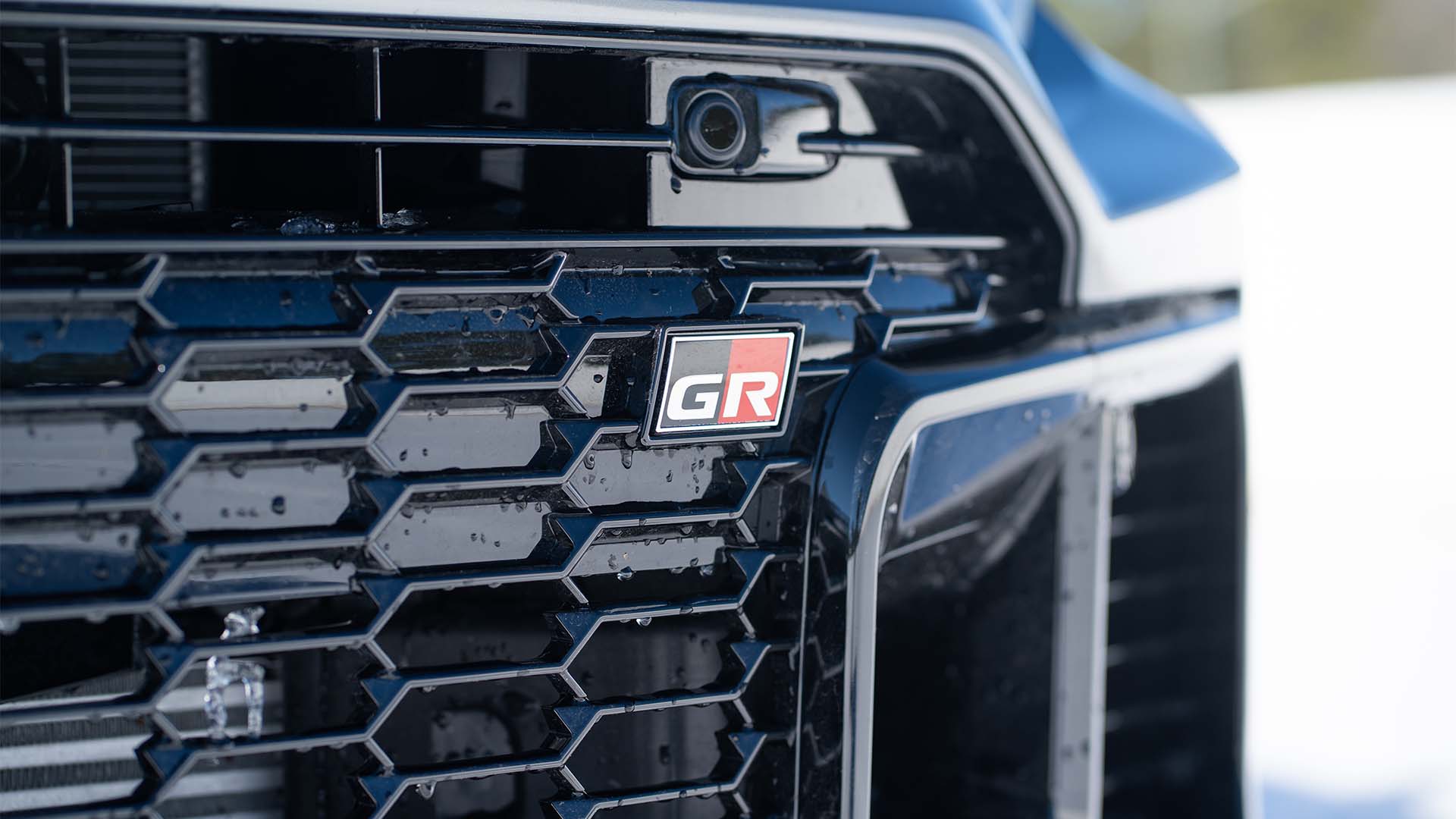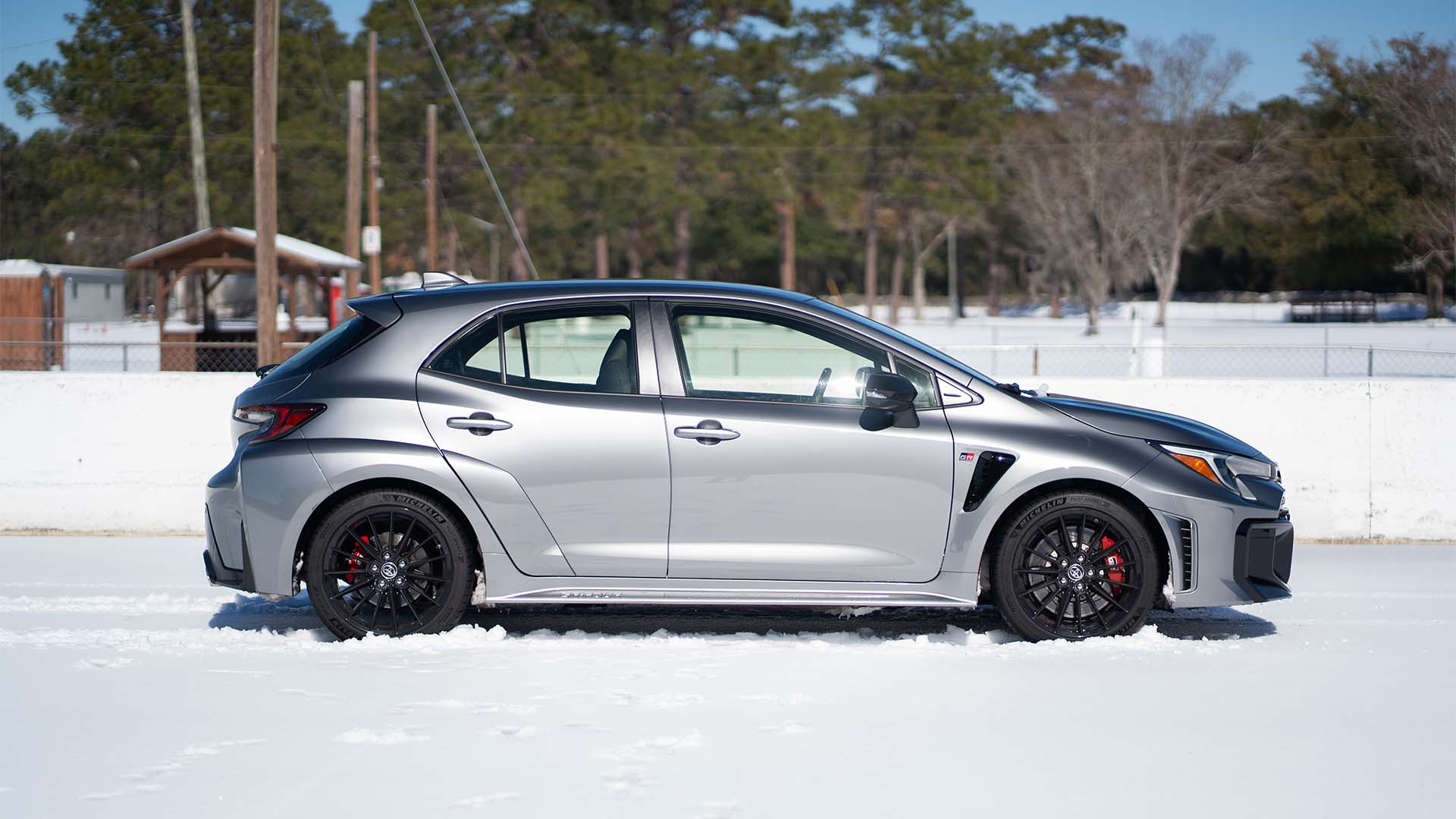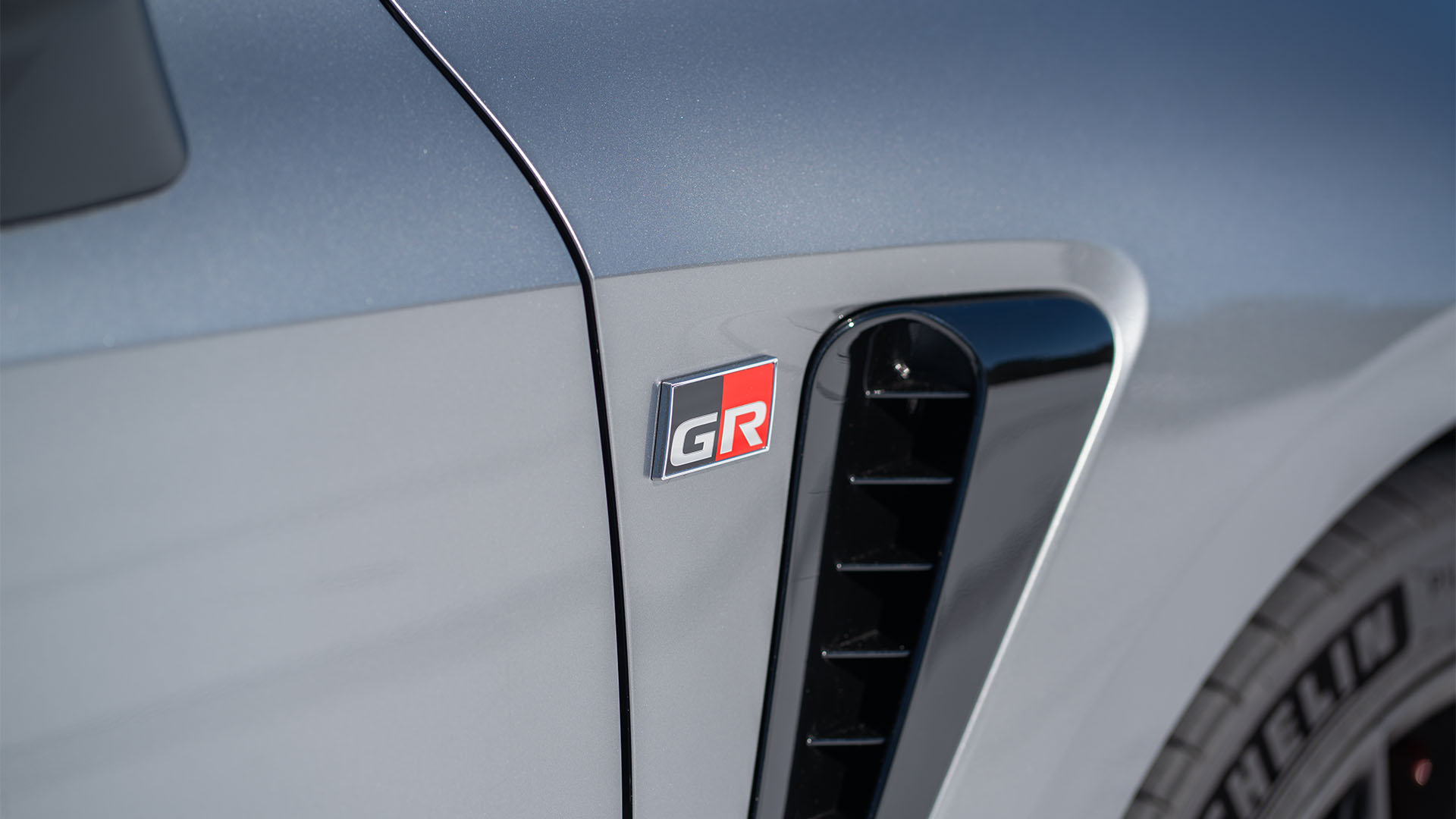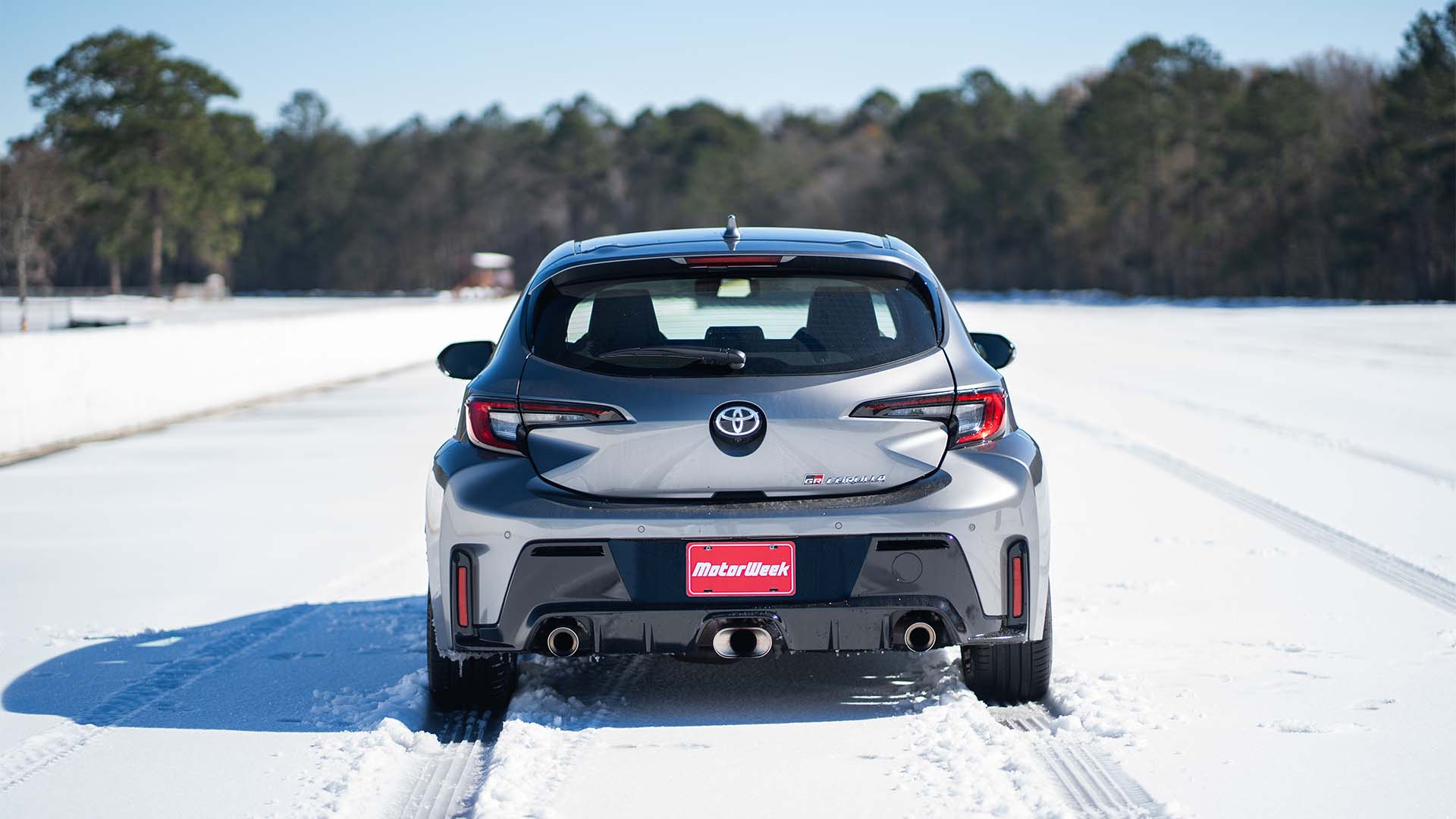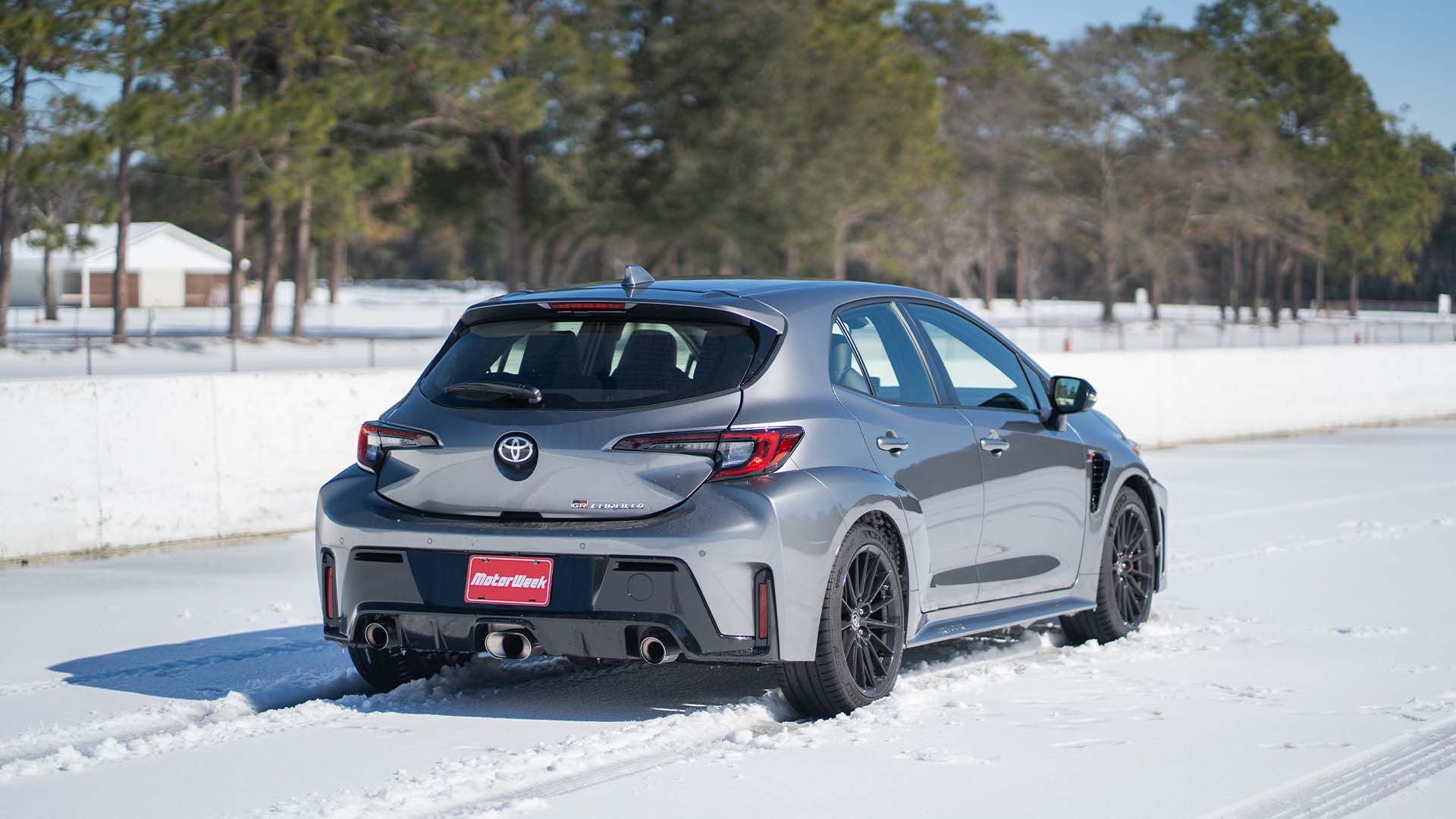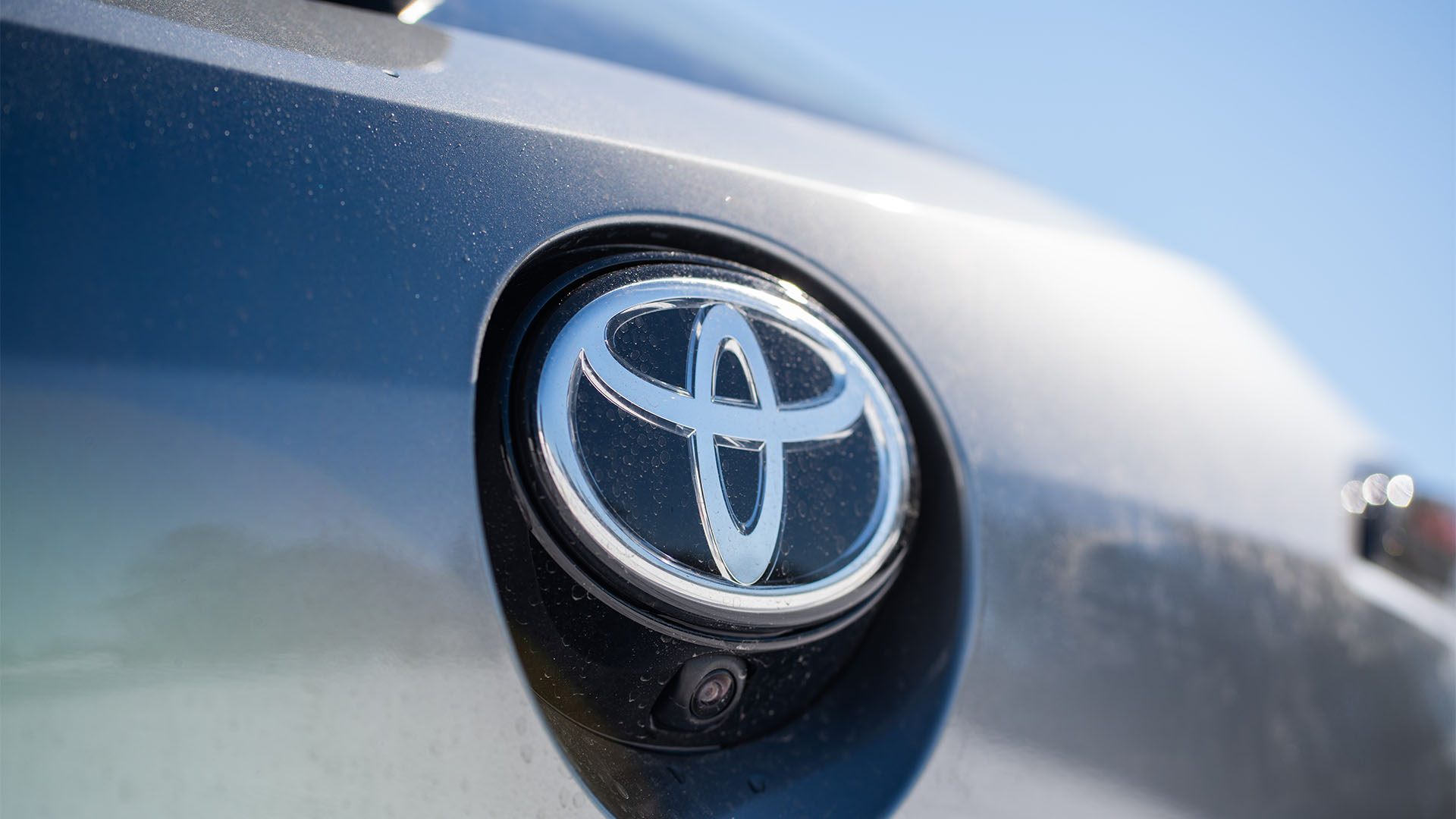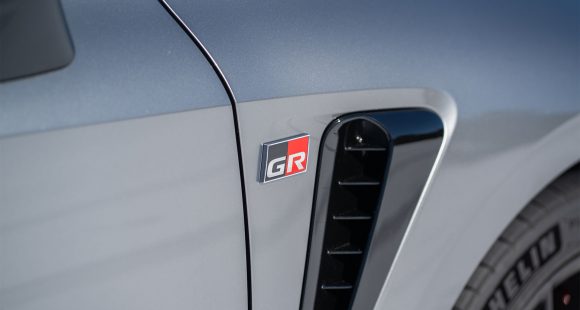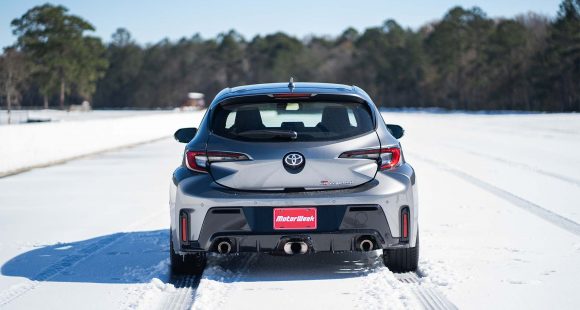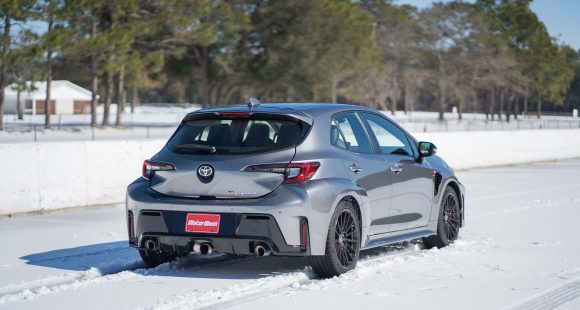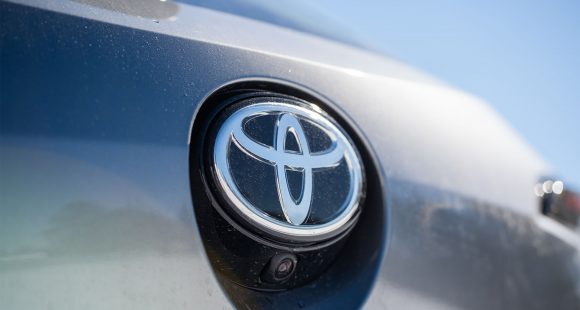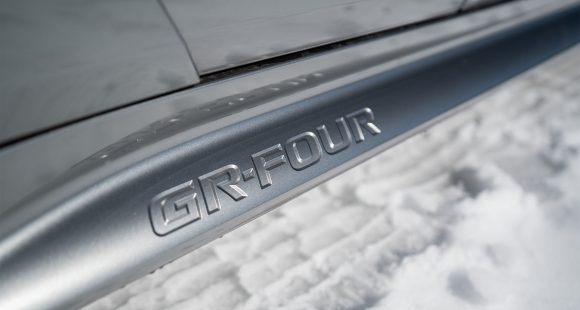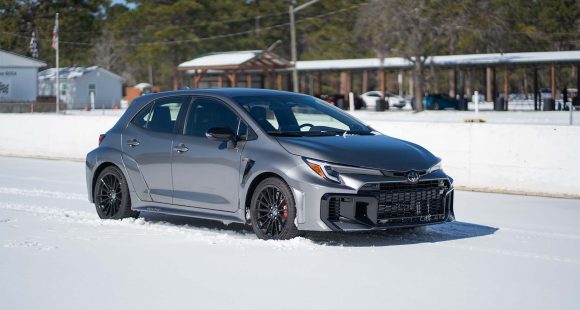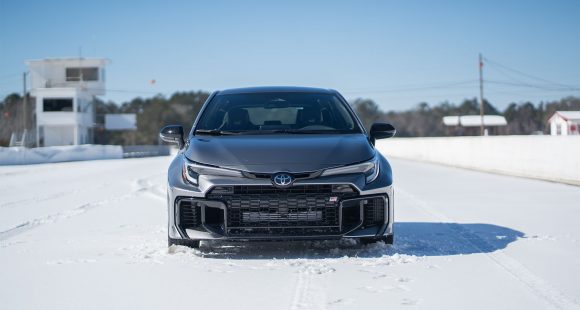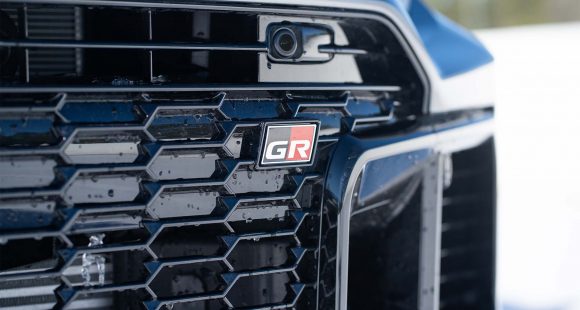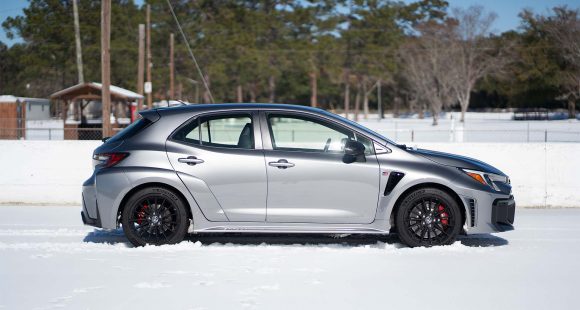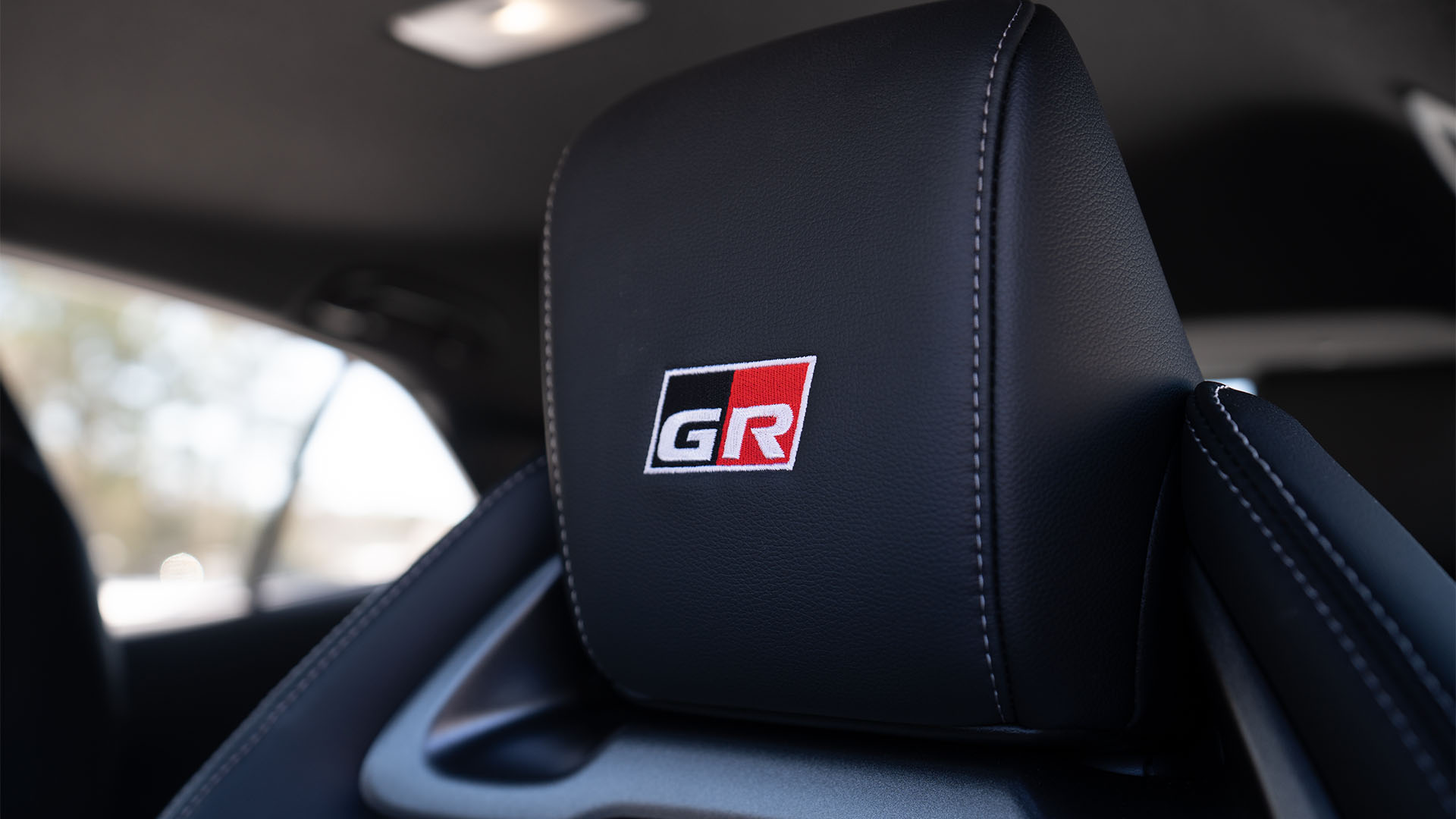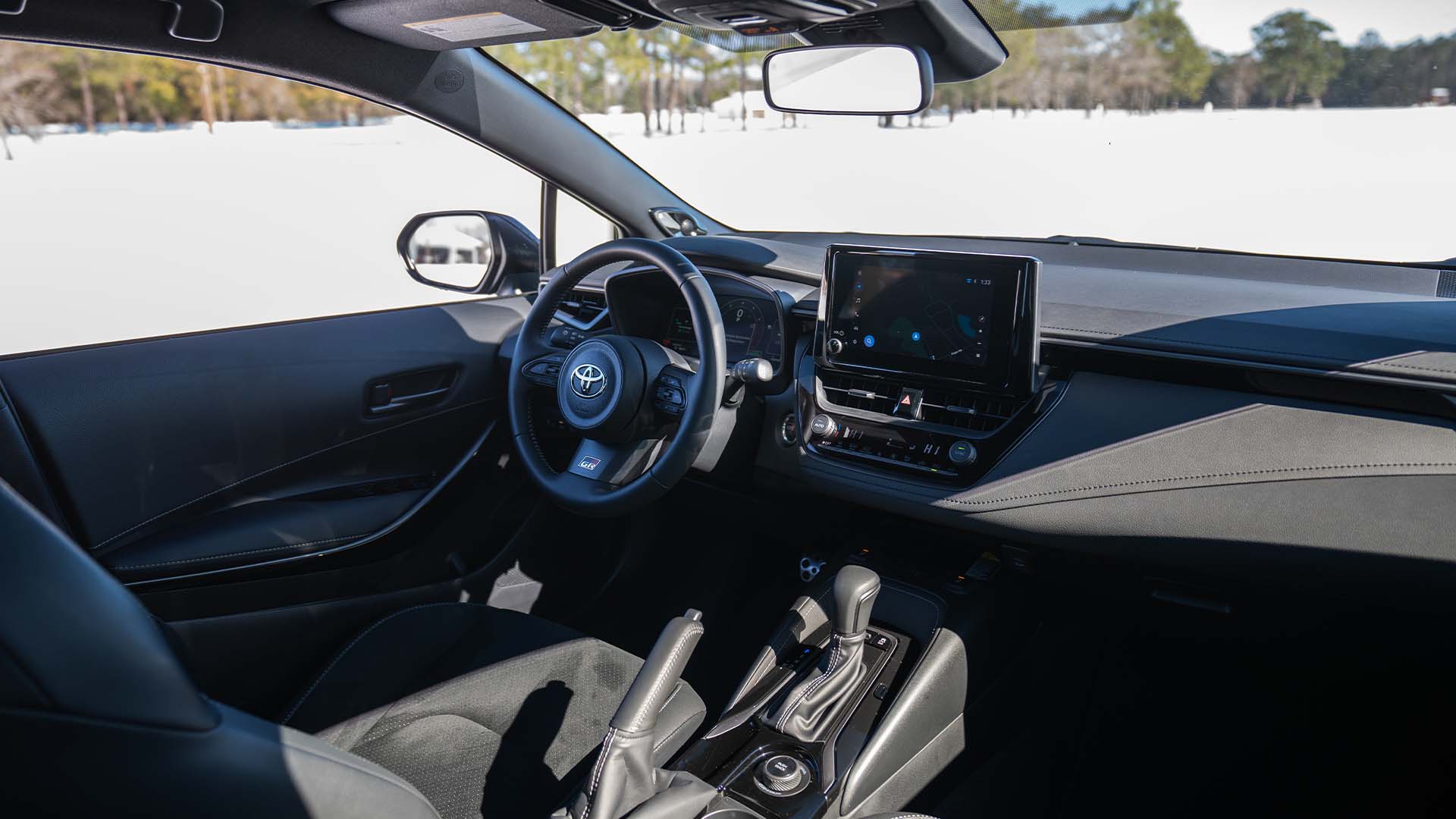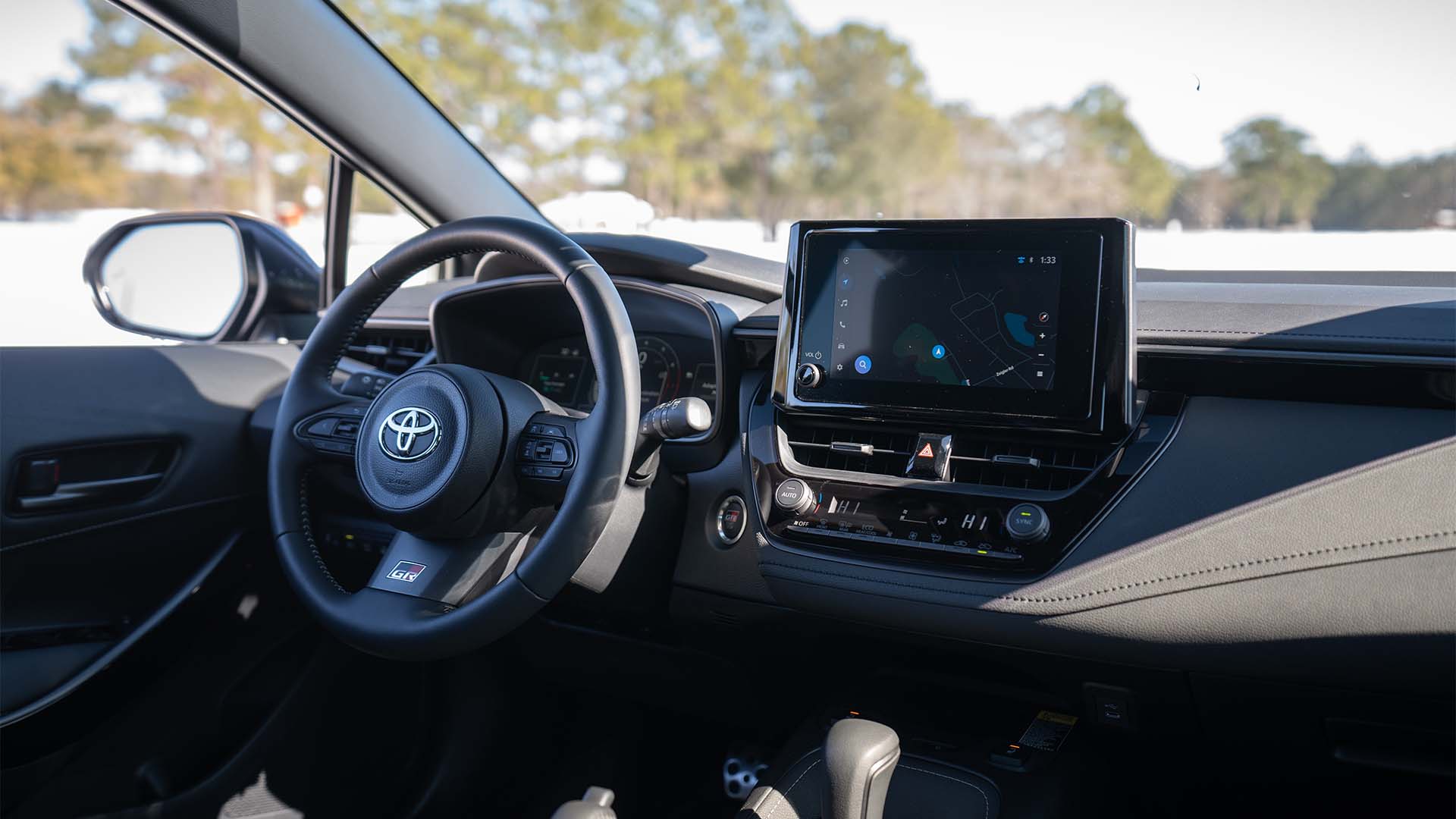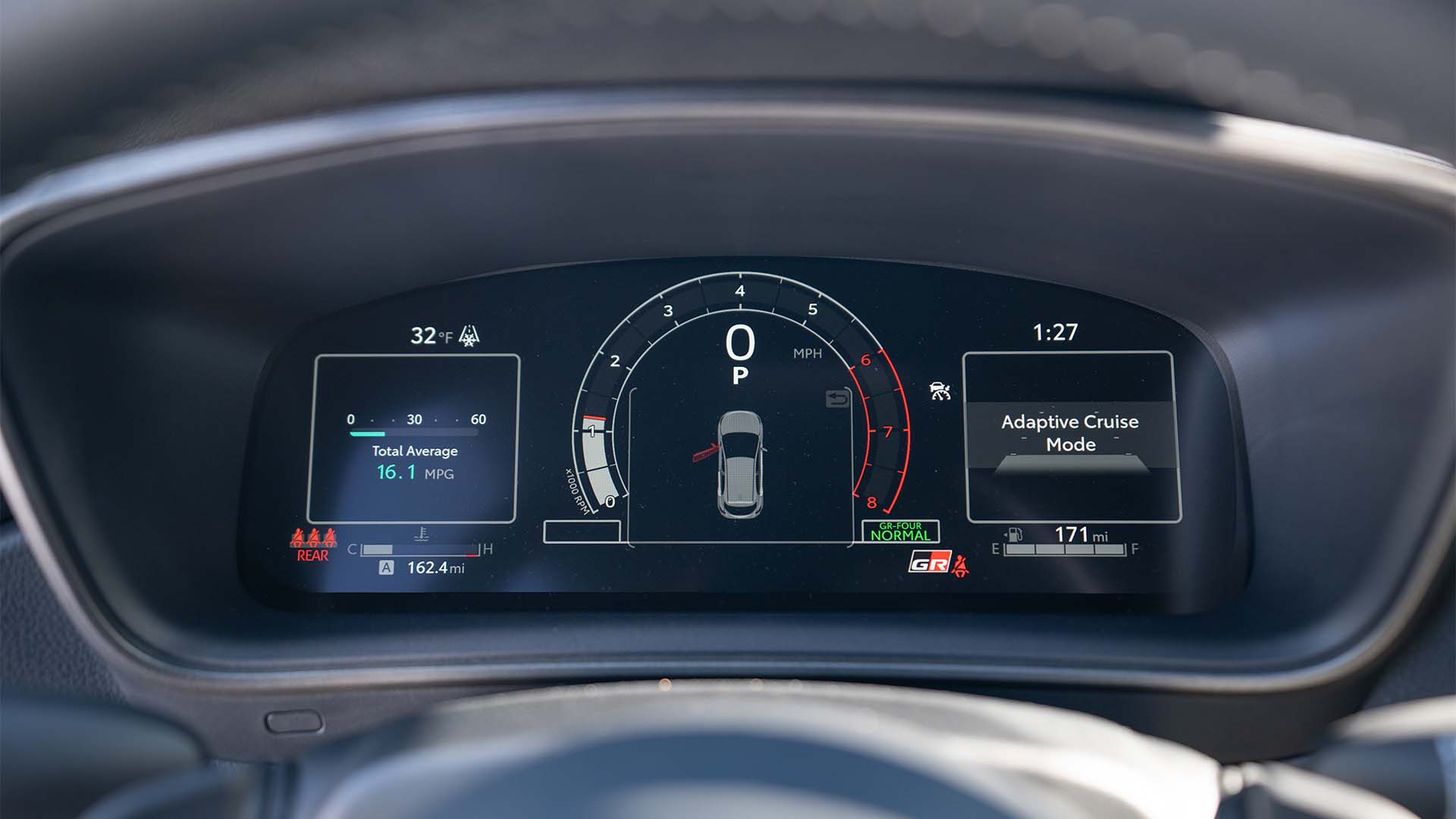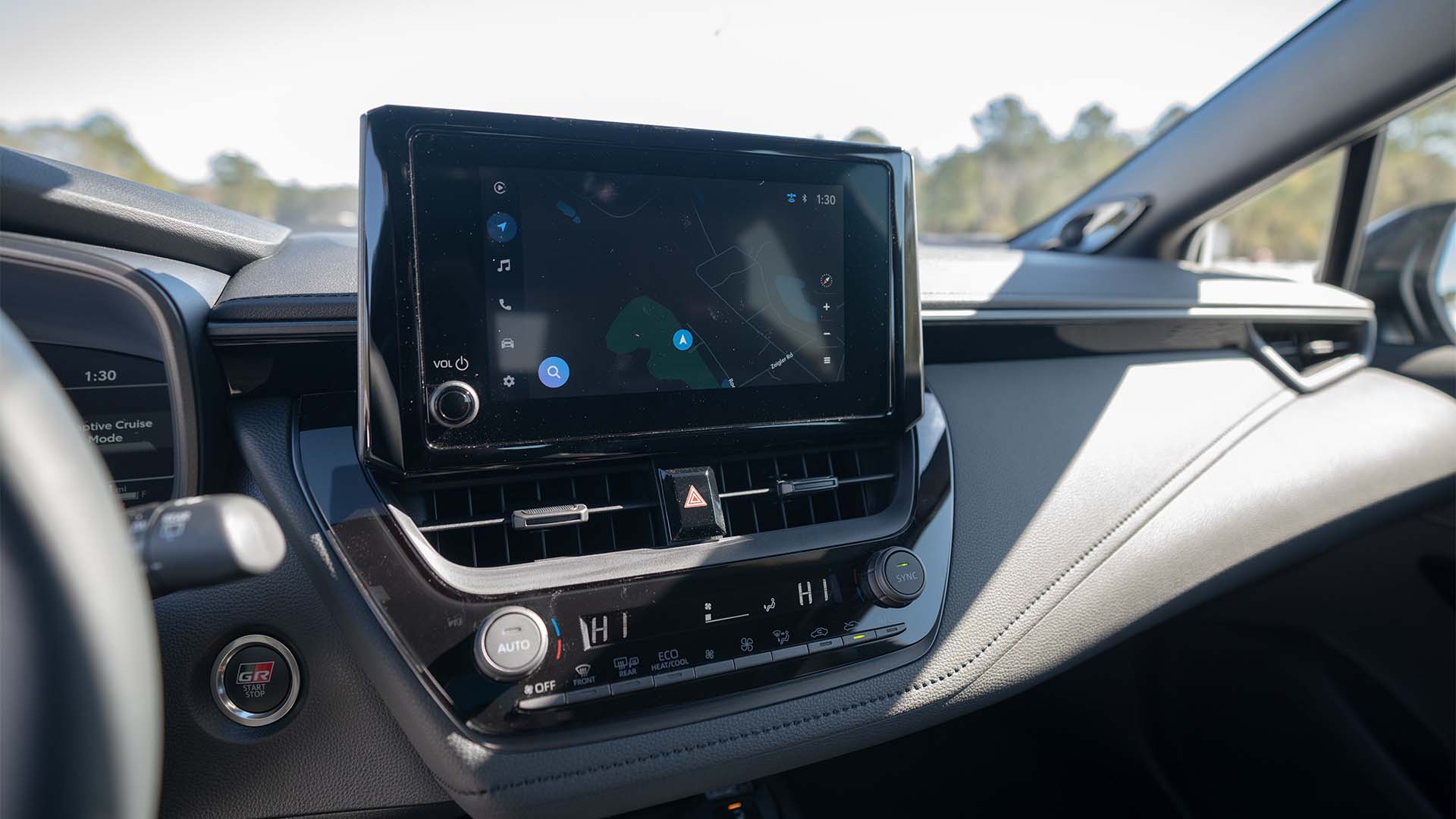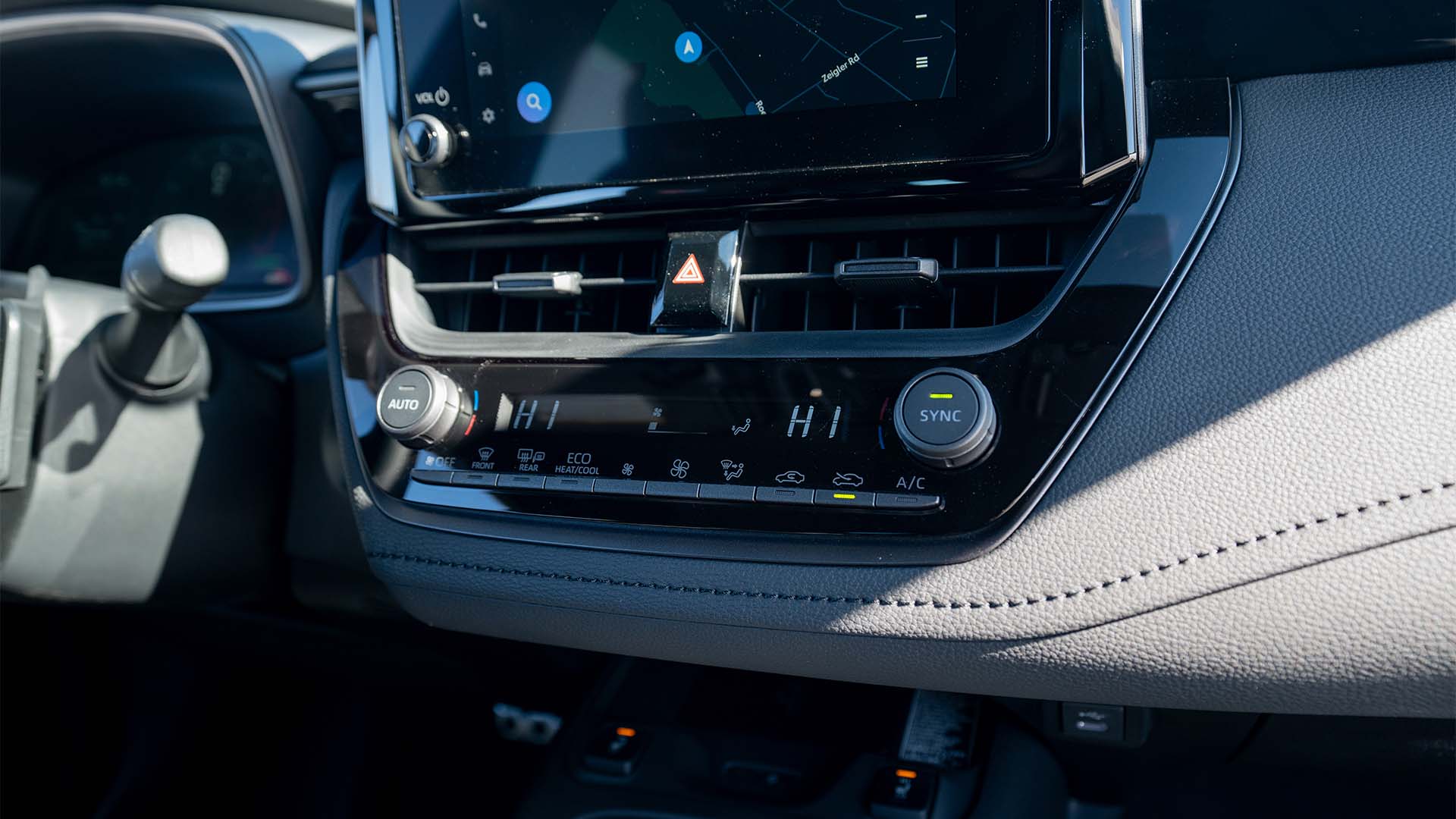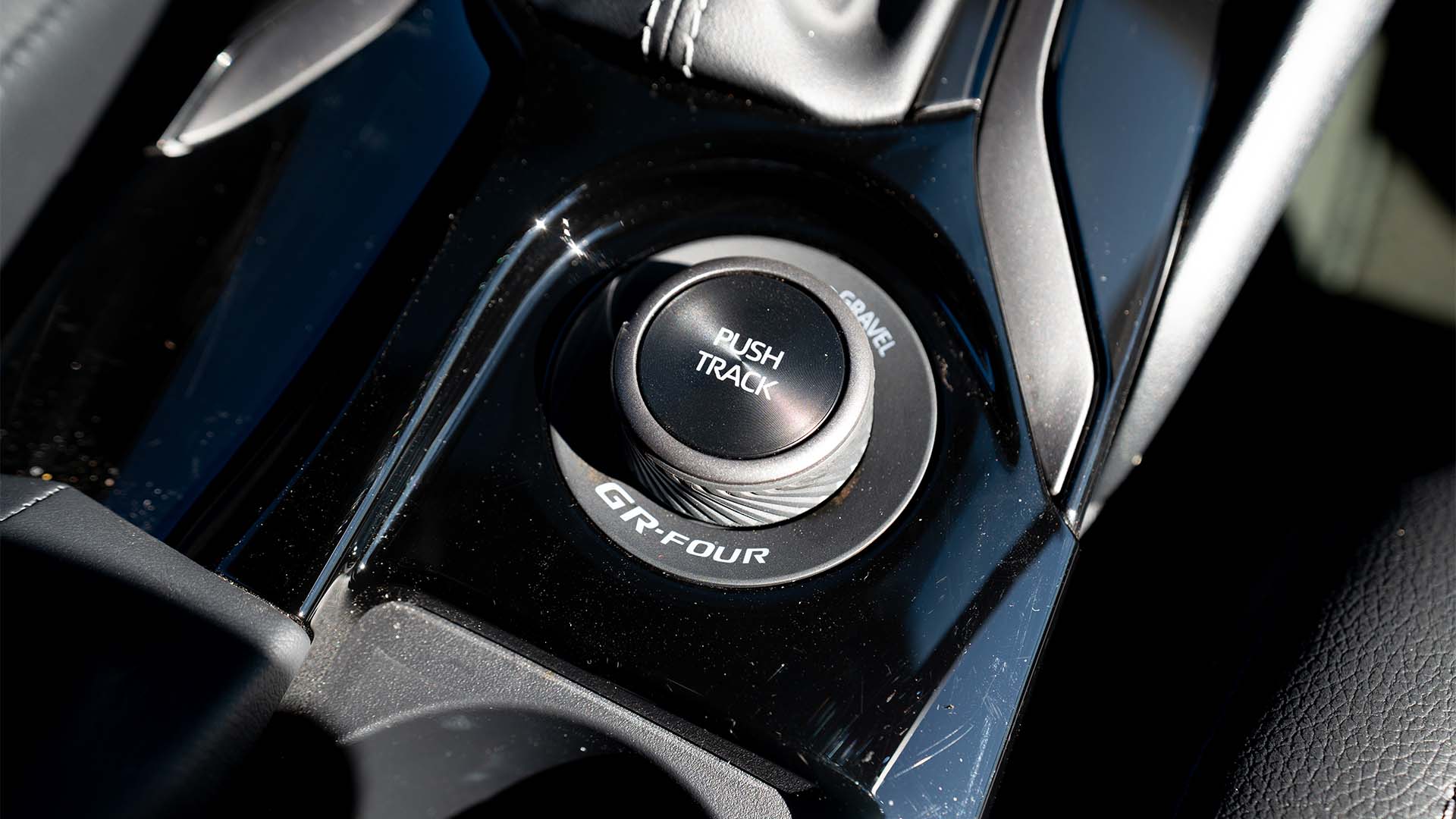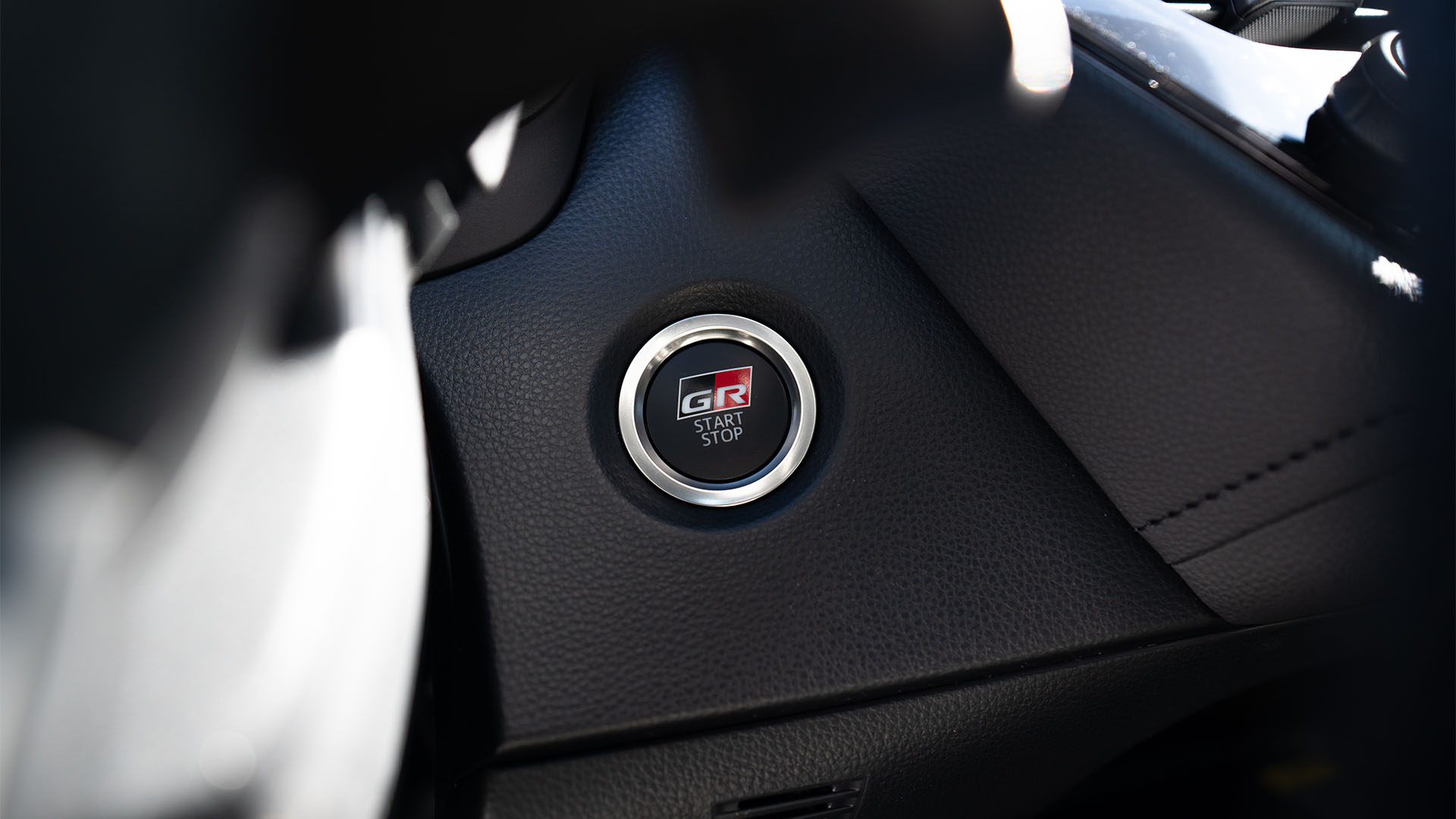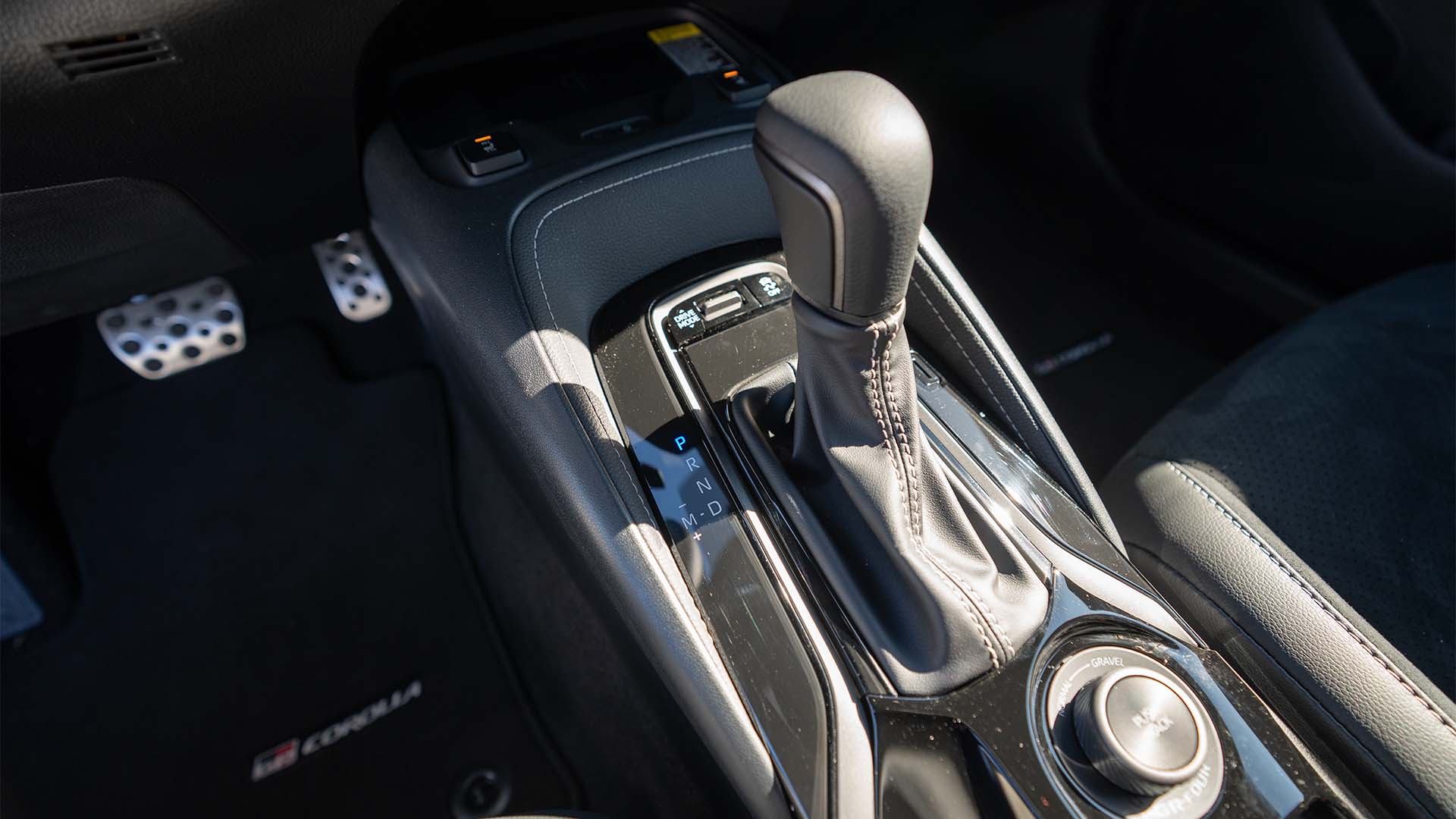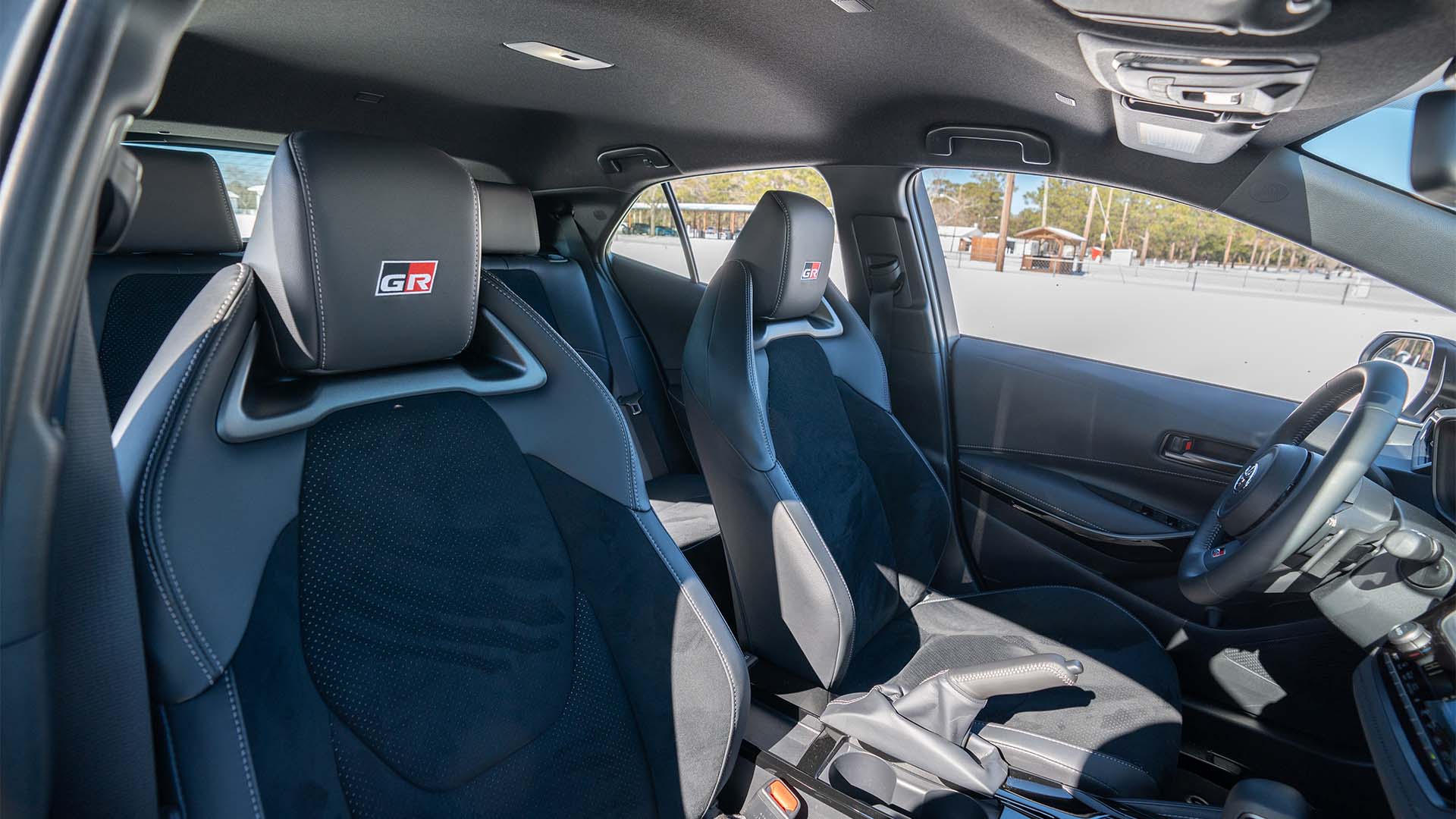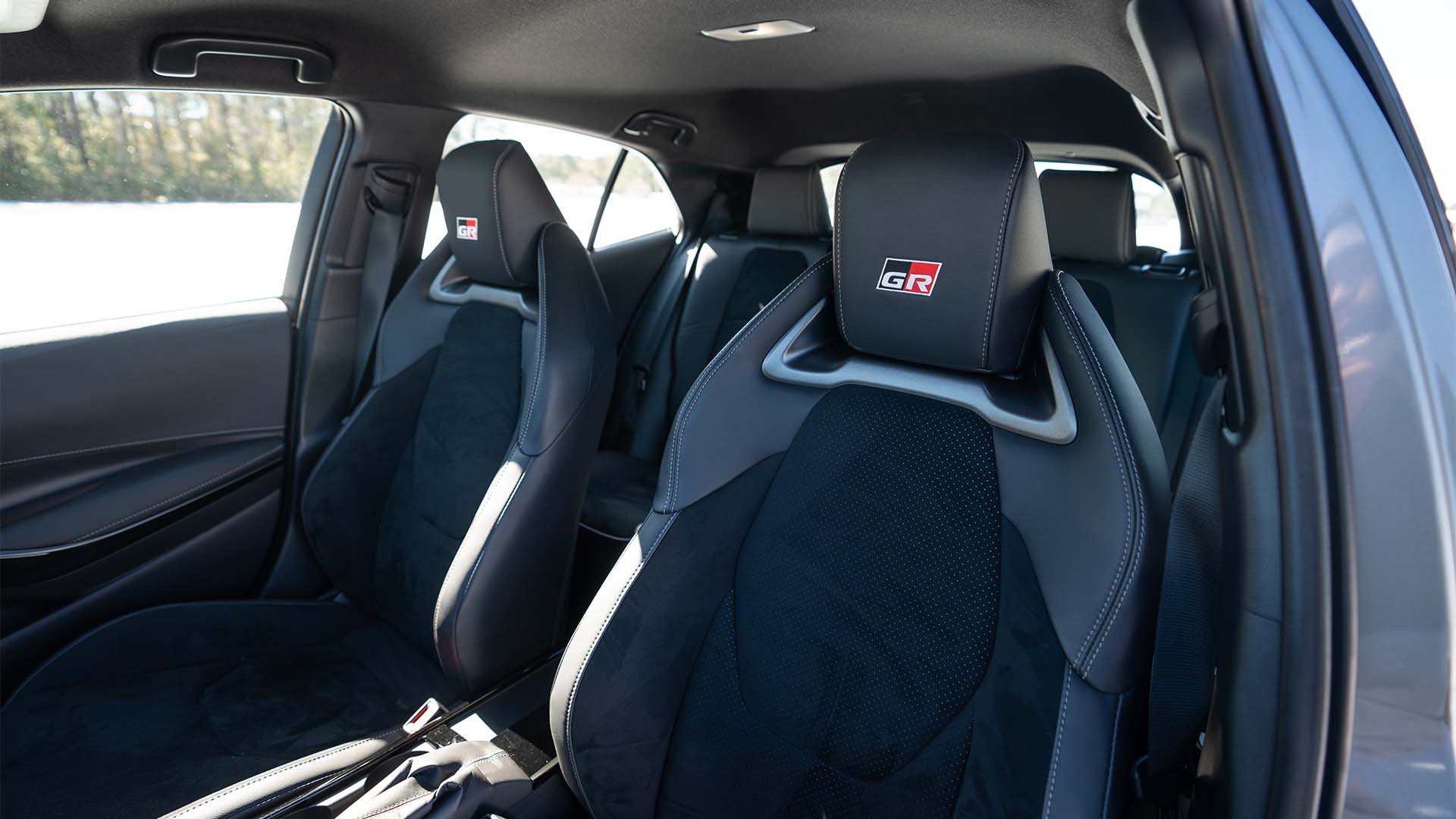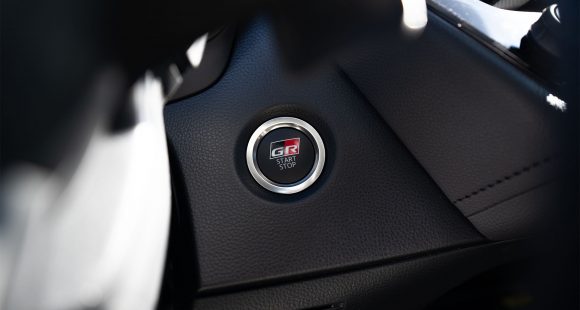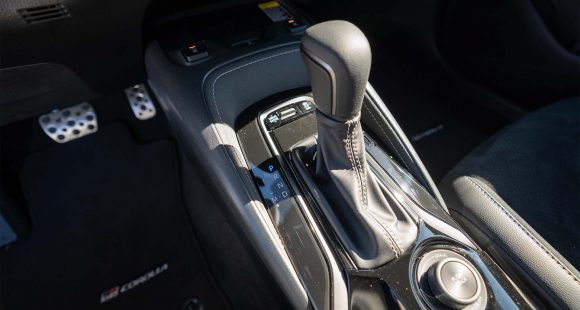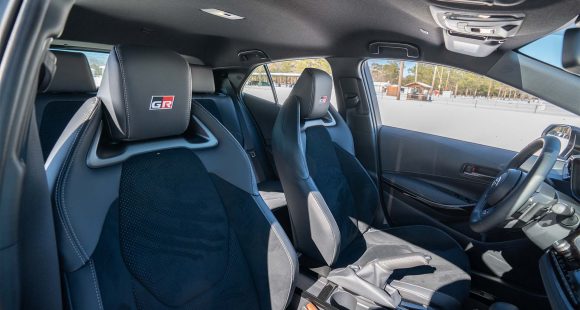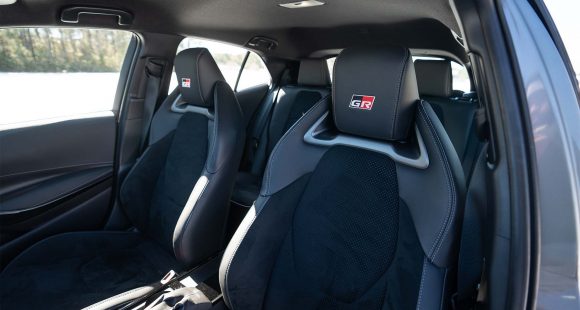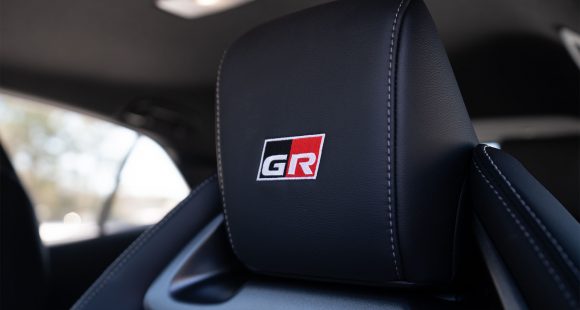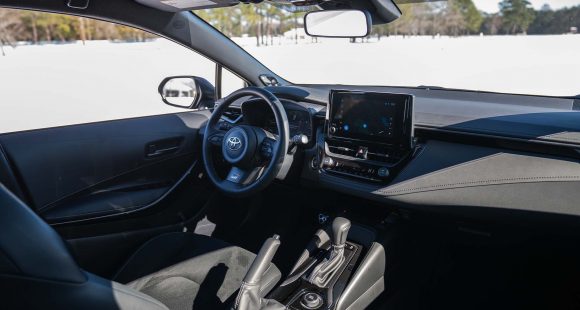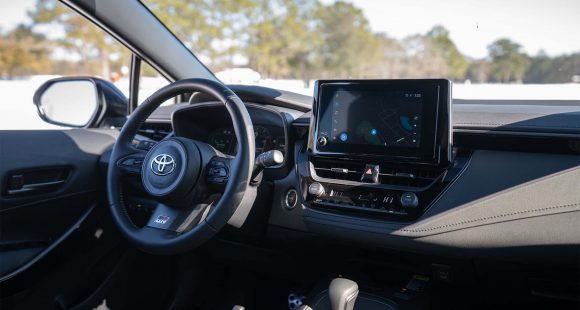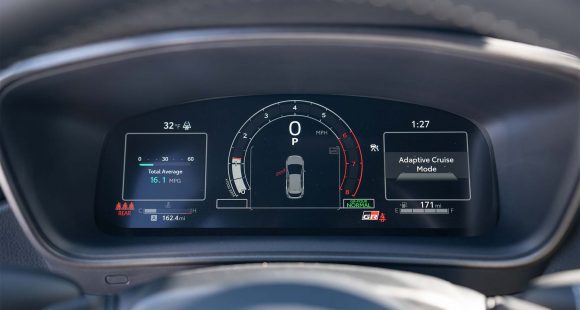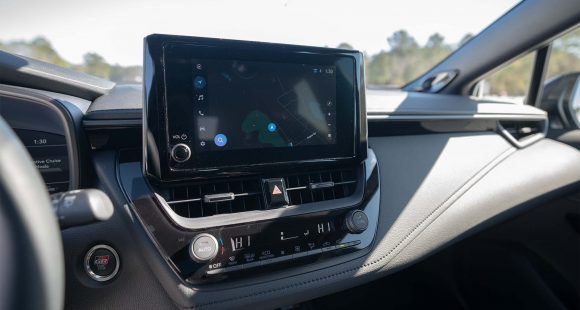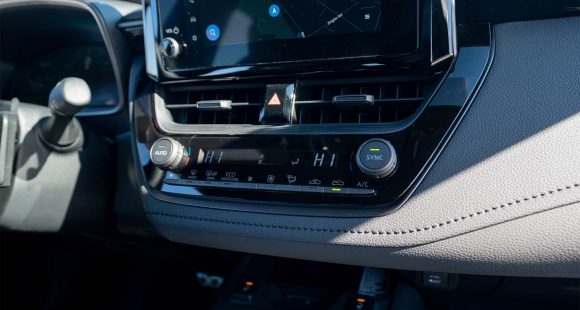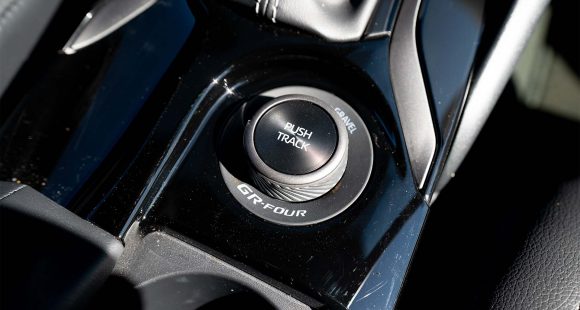2017 Kia Sportage
No vehicle tells the Kia story better than their compact Sportage utility. One of their first U.S. models, it started out as a cobbled together, rough-and-ready, rear and 4-wheel drive, mini ute. Now in its 4th generation, it has become a stylish, sophisticated, feature-packed crossover. But, with all that change, has practically taken a backseat in the Sportage?
Despite the impressive progress that the Kia brand has had in recent years, big success in the compact crossover ranks has alluded them to this point. It’s still largely the RAV4, CR-V, Rogue and Escape’s domain. But, Kia hopes to change that with this 2017 Kia Sportage.
We like the sophisticated new design, and at first we thought we were crazy for seeing a strong Porsche Macan influence. As it turns out, this Sportage was actually designed in Kia’s Frankfurt studio, so we’re not so crazy after all.
The front end, with its pinched grille and high-mounted slant-back headlights, seems to share more in common with the car side of Kia than big brother Sorento. Both those headlights, and the available LED fog lights below, are mega bright.
 And we’ve certainly taken a shine to Kia’s latest handsome interior designs as well. This primo SX looks fabulous. But just keep in mind, lower trim levels, though still very nice, are not quite the eye candy that this one is.
And we’ve certainly taken a shine to Kia’s latest handsome interior designs as well. This primo SX looks fabulous. But just keep in mind, lower trim levels, though still very nice, are not quite the eye candy that this one is.
There’s a myriad of controls, plus the available UVO 8-inch touchscreen; yet Kia continues to deliver all you need in a clean, flowing design; that’s also easy to identify and use. And we like the fact that in upper trim levels, with the 4.2-inch TFT info center in the gauges, you get a confirmation message to just about every input you make. Apple CarPlay and Android Auto are available on EX trim and above.
Yes, there are still some hard plastics around, but they are not touch points; and they seem to blend in well with the soft ones.
Steering wheel controls also rate very good, and the wheel itself has a beefy European look and feel to it.
There’s both good room and adequate seat comfort up front for adults, and an increase in size allows for additional space for the rear seat passengers too.
 Though cargo space still comes up short compared to segment kings RAV4 and CR-V at 30.7 cubic-ft. with rear seat backs up; 60.1 with them folded.
Though cargo space still comes up short compared to segment kings RAV4 and CR-V at 30.7 cubic-ft. with rear seat backs up; 60.1 with them folded.
This Sportage is based on a new chassis that is notably stiffer, so road feel is proportionally more solid; and easily more agile feeling than its main rivals. Is that the Macan’s influence again?
But’s it’s very Kia under the hood. Base is a 181-horsepower 2.4-liter I4. Upgrade is a 2.0-liter turbo-4 with 240-horsepower and 260 lb-ft. of torque.
Naturally, we much prefer the turbo, as it has more than adequate power for moving the larger Sorrento, thus making this thing feel like a rocket; a really smooth one at that. Of course you do pay a penalty in fuel economy.
Government Fuel Economy Ratings for an all-wheel-drive turbo are 20-City, 23-Highway, and 21-Combined, which we matched perfectly with our mileage loop. So, there’s a good Energy Impact Score of 15.7-barrels of oil used and 7.0-tons of CO2 emitted yearly.
Both engines connect to a 6-speed automatic, in front or all-wheel drive. Kia’s Magna Dynamax AWD system places as much priority on improved handling as it does getting you through slick conditions.
And it clearly feels very nimble through the cones; steering is also more precise than last year, yet still numb. But even with the improved capabilities, background electronic nannies become foreground fun-stoppers all too soon.
 That all-wheel-drive system also provided great grip at launch, with zero wheel spin and only some minor turbo lag. We hit 60 in a nice 7.1-seconds. Shifts, however are sluggish; not too bad, but they hindered the true potential of this engine, taking us 15.4-seconds to complete the ¼-mile at 91 miles-per-hour.
That all-wheel-drive system also provided great grip at launch, with zero wheel spin and only some minor turbo lag. We hit 60 in a nice 7.1-seconds. Shifts, however are sluggish; not too bad, but they hindered the true potential of this engine, taking us 15.4-seconds to complete the ¼-mile at 91 miles-per-hour.
On the other hand, a 110-foot average stopping distance from 60 is quite good.
A slight increase in base pricing puts a new Sportage LX at $23,885. All-wheel-drive adds $1,500 more.
Despite its continued refinement over the years, the fact that the Sportage has been unable to become a major player in the compact crossover segment is due more to the high volume of stiff competition than to any shortfalls. Regardless, there’s not much about the 2017 Kia Sportage that’s rough anymore; and it looks like the 4th time’s ready to be the charm!
Specifications
- Engine: 2.0 liter turbo
- Horsepower: 240
- Torque: 260 lb-ft.
- 0-60 mph: 7.1 seconds
- 1/4 mile: 15.4 seconds @ 91 mph
- EPA: 20 mpg city / 23 mpg highway
- Energy Impact: 15.7 barrels of oil/yr
- CO2 Emissions: 7.0 tons/yr
2025 Hyundai Santa Cruz
Hyundai’s Trucklet Gets A Lot Techier And A Little Truckier
Small trucks are once again a big deal here in the U.S., with more options to choose from than we’ve had since the 1980s heydays, including newcomers like this Hyundai Santa Cruz. And just like the Hyundai Tucson crossover that it’s based on, the Santa Cruz gets some major updates for 2025. So, it looks like it’s time for us to do some more tiny truckin’!
The Hyundai Santa Cruz pickup truck, and the Hyundai Tucson compact utility that it’s based on, get some significant updates for 2025, mostly revolving around style and tech. So, while our focus here is on the Santa Cruz, just know that most of what you see also applies to the Tucson.
The biggest changes happen inside where the Santa Cruz adopts Hyundai’s curved panoramic display that puts the 12.3-inch driver display and 12.3-inch infotainment screen into a single housing that stretches from behind the steering wheel to over the center stack. And while the center stack itself remains relatively minimal, they’ve redone the climate controls and actually added a few more physical buttons and dials back in. There’s also a better-looking steering wheel with a Driver Attention Sensor behind it; and while the Tucson moved its gear selector to the column, the Santa Cruz keeps its beefy old school shifter right there on the console. That, combined with an overall feel that’s not quite as open as the Tucson, goes a long way towards helping this trucklet feel more truck-like.
XRTs have a Surround View Monitor, Blind Spot Monitoring, and some branded logos. Rear seat room is more plentiful than you’d think seeing it from the outside, but you do sit very upright, and the seats themselves are not very comfy.
Exterior changes center around the usual new grille and wheel choices, but the off-road-inspired XRT gets a tiny bit more serious, featuring a unique front fascia with added tow hooks and a tidied-up undercarriage for better approach angles; plus, exclusive 18-inch wheels with all-terrain tires. No changes to the integrated 4-foot bed with all trims getting storage cubbies on the side of the bed as well as underneath the floor. The integrated bed cover comes with XRT and above or is available in SELs as part of an added Activity package which also adds a sliding rear window.
[It] is certainly one of the best riding vehicles around with a bed.
The Santa Cruz is certainly one of the best riding vehicles around with a bed, nothing rough or tumble here. In XRTs, you will hear a little more road noise from the more aggressive tires, but it’s far from being annoying. And the Santa Cruz’s size makes it very easy to whip in and out of parking spaces.
Nothing changes mechanically; that means a standard 191-horsepower, 2.5-liter naturally aspirated I4 engine in SE and SEL. While XRT and Limited get the turbocharged version of that engine with 281 horsepower, 311 lb-ft of torque, plus standard all-wheel drive. AWD is available on SE and SEL for $1,500. The turbo engine gets a unique dual-clutch transmission which gets an added tow mode for ’25, while the non-turbo works with a traditional automatic; both are eight-speeds. Max tow rating is 3,500 lbs. with the standard powertrain and 5,000 lbs. with all-wheel drive.
After towing our crew to Mason Dixon Dragway, the turbocharged Santa Cruz XRT delivered us to 60 in 6.6 seconds, about half a second slower than what we achieved back in ’22 with a Limited. Full power was a little late to arrive, but once it showed up, it was ready to get to work, providing steady power the whole way down the track. Our best quarter-mile time was a 15-flat at 96 mph. At wide open throttle, DCT shifts were smooth with no power loss moving through the gears, but it does still stumble a little at slower speeds around town.
The handling experience with the XRT was also different from Limited, as the off-road tires struggled to get a good grip on the pavement when we pushed hard; leading to oversteer and more roll than we remember. There was great feel and feedback coming from the brakes in our panic braking runs however; also, consistent fade-free stops from 60 in just 105 feet.
Government Fuel Economy Ratings are 19 City, 27 Highway, and 22 Combined; we averaged a good 23.1 mpg of Regular. That’s an average Energy Impact Score; consuming 13.5 barrels of oil annually, with CO2 emissions of 6.7 tons. Starting price is a low $30,100, but things get much more serious for the XRT which starts at $41,600, though that’s still well below the average transaction price for a pickup truck these days.
So, until Subaru brings back the Brat or Baja or something similar, the 2025 Hyundai Santa Cruz will remain as the most car-like “truck” you can buy. For purists, that’s an absolute turn-off, but for a lot of others, it’s exactly what they desire.
Specifications
As Tested
- Engine: 2.5-liter turbo-4
- Transmission: 8-speed DCT
- Horsepower: 281
- Torque: 311 lb-ft
- EPA: 19 City | 27 Highway | 22 Combined
- 0-60 mph: 6.6 seconds
- 1/4 Mile: 15.0 seconds at 96 mph
- Braking, 60-0 (avg.): 105 feet
- MW Fuel Economy: 23.1 mpg
2025 Toyota GR Corolla
The Gazoo ‘Rolla Gets DAT Much Better
Two years ago, Toyota’s Gazoo Racing changed the Corolla forever. No longer would the Corolla name be associated strictly with affordable, practical transportation, as the GR Corolla was a track-worthy weapon aimed at both fun and affordability. So, what’s changed for ’25? Well, let’s shift things over to the track and find out!
In the words of one of our test drivers, the 2025 Toyota GR Corolla is a car that mathematically shouldn’t work. A three-cylinder? Three-hundred horsepower? A Corolla?
Okay, that last one isn’t a number, but you get the point. The Toyota GR Corolla has been an entertaining enigma since it flashed in the hot hatch pan for 2023. We loved it since day one and couldn’t wait for an excuse to drive it again. Well, a 2025 update was reason enough. We brought this Fuji-tuned compact with us to Savannah’s Roebling Road Raceway to feel out two big gains: more torque and an all-new automatic transmission.
Purists need not fret, the slick six-speed manual is still the default, but Toyota’s Gazoo Racing division took it upon themselves to create the eight-speed Direct Automatic Transmission, D.A.T. for short. It’s tuned for sporty showdowns, derived from lessons learned on racetracks and rally stages alike, and said to anticipate shifts based on driver inputs.
What do we think? Well, it is ‘DAT’ good. A close gear ratio means the powerband is always eager for another set. Despite not being a dual-clutch, shifts are quick and almost always make sense, with few moments of miscommunication; specifically, wishing to hold third gear just a tad longer in Roebling’s back section. But in those instances, drivers can click the paddle shifters to stay dialed in.
Speaking of, the GR Corolla D.A.T. retains the super cool drive mode dial located behind the shifter, adjusting the GR-FOUR all-wheel-drive system’s power bias. We swapped Normal mode’s 60:40 front-rear split for Track mode’s 30:70 rear-biased delivery; that is, until a rare coastal Georgia snowstorm dropped fresh powder for us to shred in the 50:50 Gravel mode.
This G16E-GTS 1.6-liter engine may share the same displacement as the 4A-GE found in the Corolla’s AE86 ancestor, but with one less cylinder. This logic-defying inline turbo-three puts out an astounding 100 horsepower per cylinder and now 295 lb-ft of torque, up from 273.
Despite not being a dual-clutch, shifts are quick and almost always make sense.
That’s regardless of transmission, as is the estimated 4.9 second 0-60 time, which you can ignite with the D.A.T.’s launch control. No chance for us to test it on Roebling’s front stretch, but previous launches at Charlotte Motor Speedway were evidence enough.
Back further down south, not once did this punchy powertrain feel lost, unlike some compacts we’ve tested prior. Reeling it in are four-piston front and two-piston rear brakes, which we rate as good with solid initial bite. They’re hidden behind 18-inch wheels wearing 235-wide Michelin Pilot Sport 4 tires. Bountiful grip, aided by front and rear Torsen limited-slip diffs, now standard for 2025. And body roll? Enough to feel what’s happening without getting sloppy.
Taking a pause, you can spot the GR’s new, meaner face. The larger openings are functional, sending air to a new automatic transmission cooler and an available sub-radiator. In back you’ll find hatchback versatility and 17.8 cu-ft of cargo space behind the second row; and even the battery for better weight distribution.
Not much of a reno to this cabin. The 12.3-inch gauge cluster and 8-inch infotainment screens are functional without being too flashy. The same can be said for the physical climate controls and the seats, which held us in place with each weight transfer.
Government fuel economy ratings list the Toyota GR Corolla with the automatic at 19 city, 27 highway and 22 combined. 13.5 barrels of oil annually and 6.5 tons of CO2 emissions is the about average Energy Impact Score.
Available in three grades, 2025 Toyota GR Corolla Core starts at $39,995; and if you want the D.A.T., tack on an extra two grand across the board, with a Premium Plus DAT topping the range at $48,650.
It’s not lost on us that spending $40- or even $50-grand on a Corolla sounds nuts. But the 2025 Toyota GR Corolla is nuts. It’s fast, fun, and something you can actually live with every day. But, would we go auto over manual? Some purists on staff say nay, while others say yea. It’s a win either way, as there’s now more GR goodness for everyone.
Specifications
As Tested
- Engine: 1.6-liter turbo-3
- Transmission: 8-speed auto
- EPA: 19 City | 27 Highway | 22 Combined
- Horsepower: 300
- Torque: 295 lb-ft
- 0-60 mph (est.): 4.9 seconds








